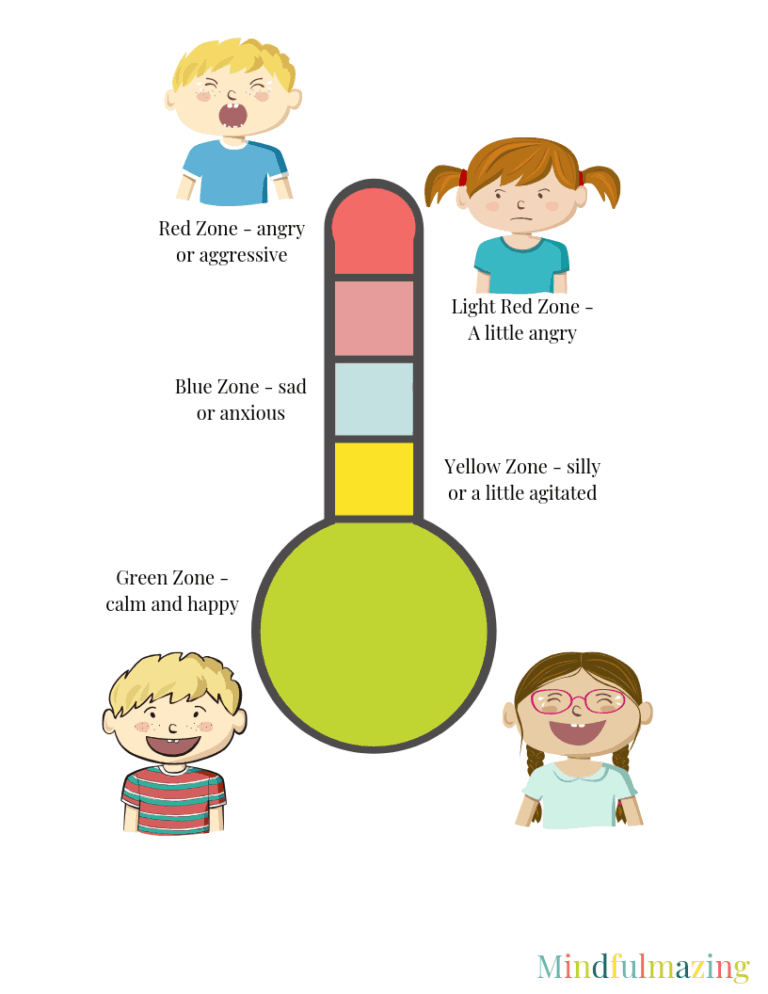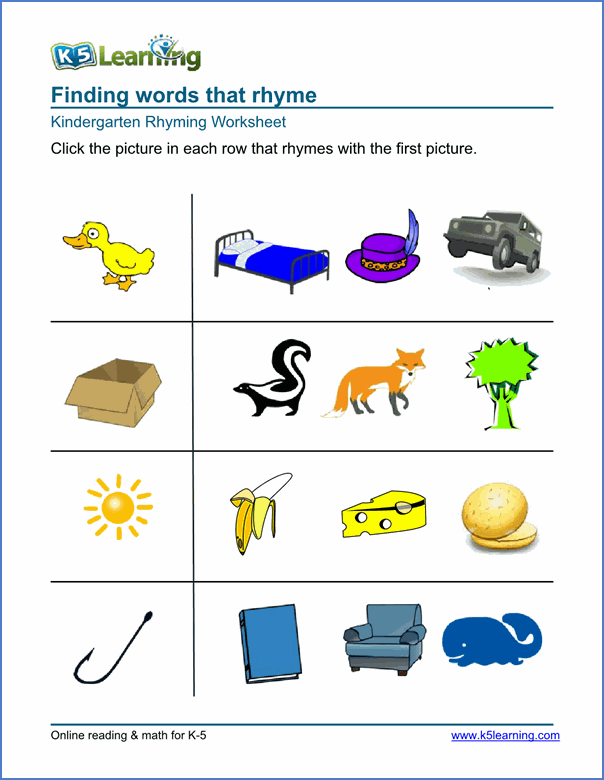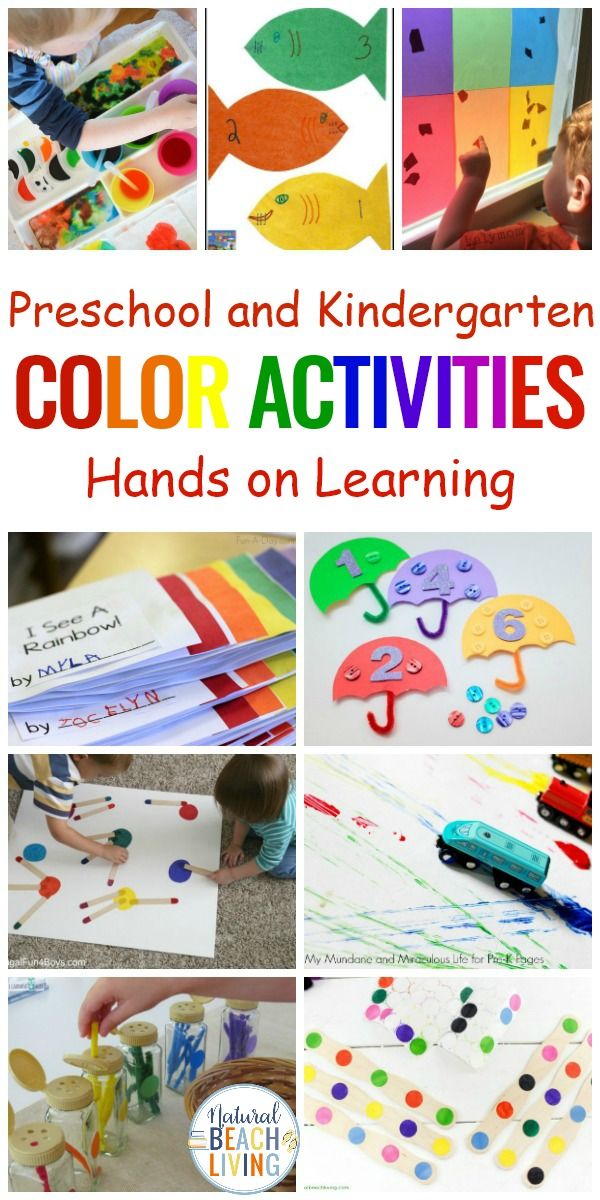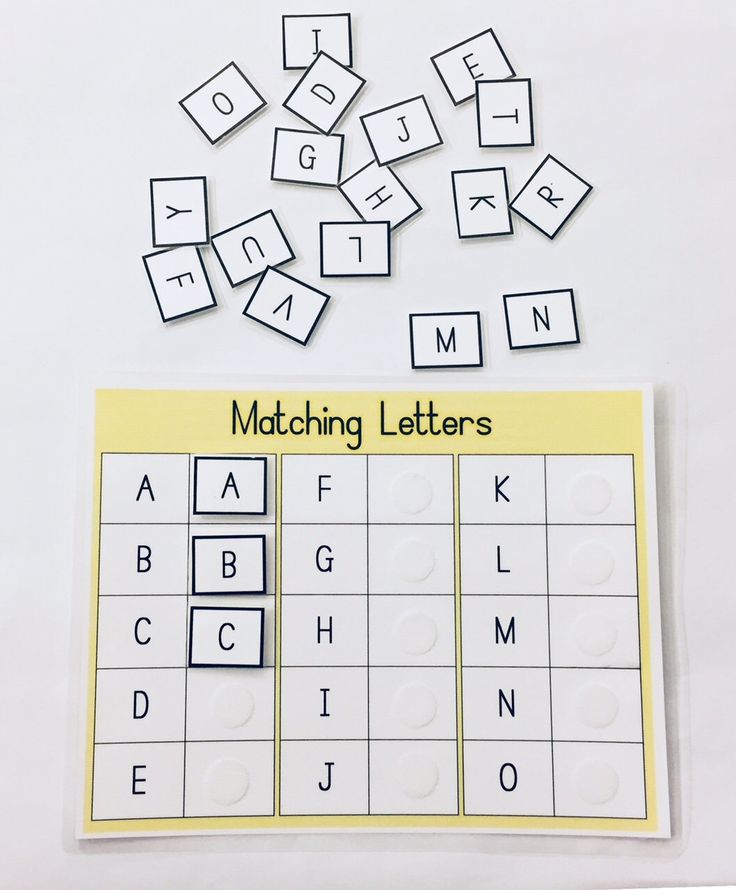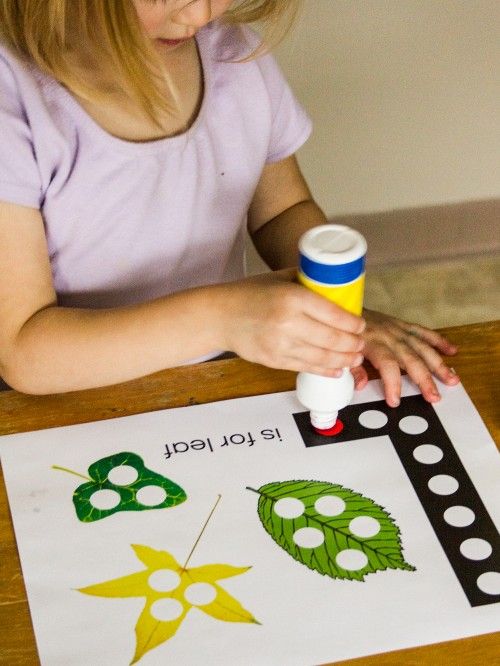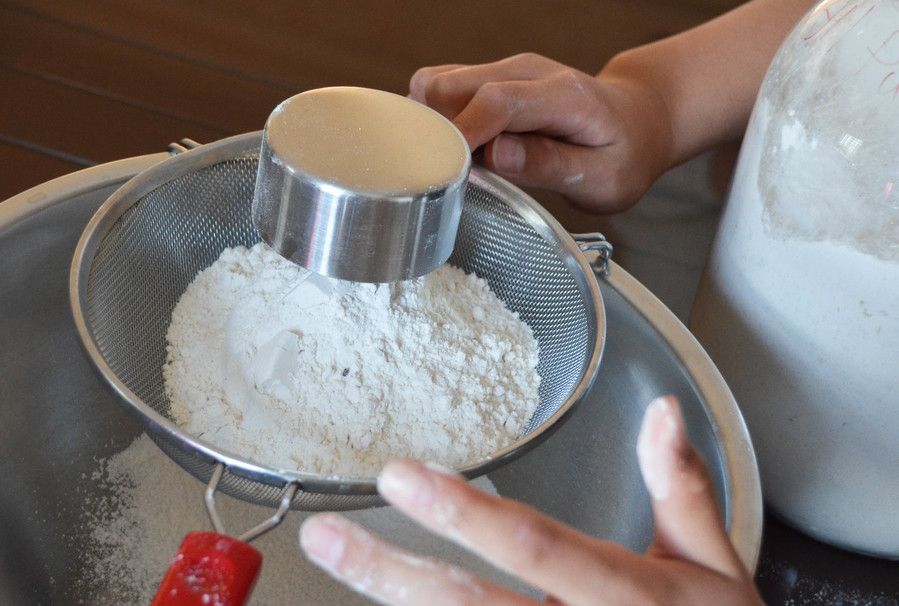Self calming strategies for students
10 Calming Strategies for the Classroom
Calming Strategies for the Classroom
Read through this page to learn the following calming strategies for students in your classroom:
- Create a Calming Classroom Atmosphere
- Build in Time for Independent Work
- Practice Yoga with Your Students
- Teach Calming Breathing Exercises
- Read Guided Imagery to Them
- Start Class by Warming Up with Brain Games
- Teach Mindfulness to Assess Mood and Emotions
- Play Interesting Educational Videos
- Give Students a Space to De-Stress
- Have Them Practice Handwriting
Getting students to settle down at any point in the day is daunting, but directly after lunch or recess can feel like you’re scaling Everest.
Kids look forward to those precious minutes that they get to spend playing outside or in the cafeteria. And they should! Recess is a necessary part of the day that gives students the chance to play, and it complements the rigors of physical education as well as academic time in the classroom. Recess helps with socialization skills and can even improve cognitive performance.
The concern — which every elementary school teacher has likely come across — lies in getting your kids to focus afterward if they can’t seem to switch back into “student” mode after their time on the playground. Thankfully, there are several calming activities that can be implemented in the classroom. Here are a few of them.
10 Strategies & Activities to Calm Down Students
Whatever strategy you choose, your students will benefit more if you stay consistent with it. Predictability in their schedules is essential in giving them structure and making it easier for them to know what behaviors you expect from them.
1. Create a Relaxing Atmosphere
Let’s face it — harsh fluorescent lights, bright decor and 30 little ones crammed into a classroom is not a calm environment. So how can we fix that? For a short period after lunch or recess, dim the lights. Have students put their heads down and gently rest their cheeks on the cold desks.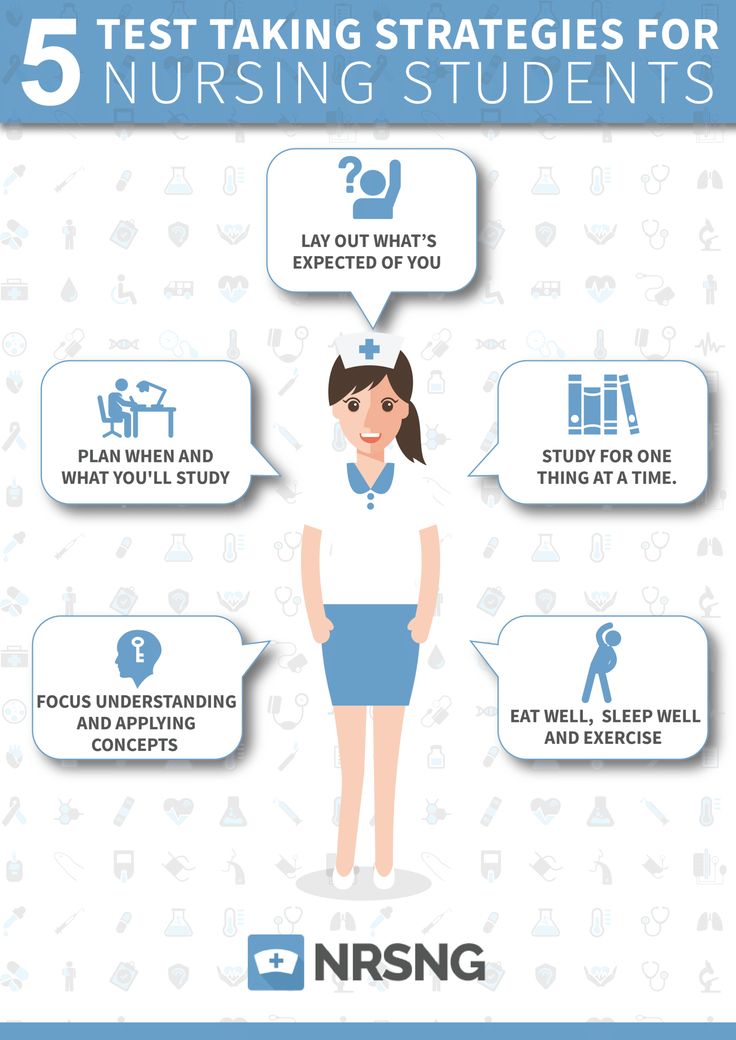
Play soothing music. Classical music, slow jazz or soft acoustics are good options. Let your kids drift off to the sound of violins or peaceful piano notes. Instead of music, you could also put on other relaxing sounds, such as ocean waves or a soothing storm. Video and music sites have vast collections of calming music and sounds. You can find playlists like “Peaceful Piano,” “Floating Through Space” and “Sounds of the RainForest.”
In a similar vein, you can also find relaxing videos to play. Maybe your kids are more visual and need something to focus on. Aquarium and nature videos are great options for this. You can also find videos of outer space scenery, waves lapping on the beach and even a crackling fire for those cold winter days.
When you’re transitioning the kids from recess to class, make sure they understand how to travel and walk quietly with you. The longer they are allowed to be rambunctious, the longer it will be before they are calm in your classroom.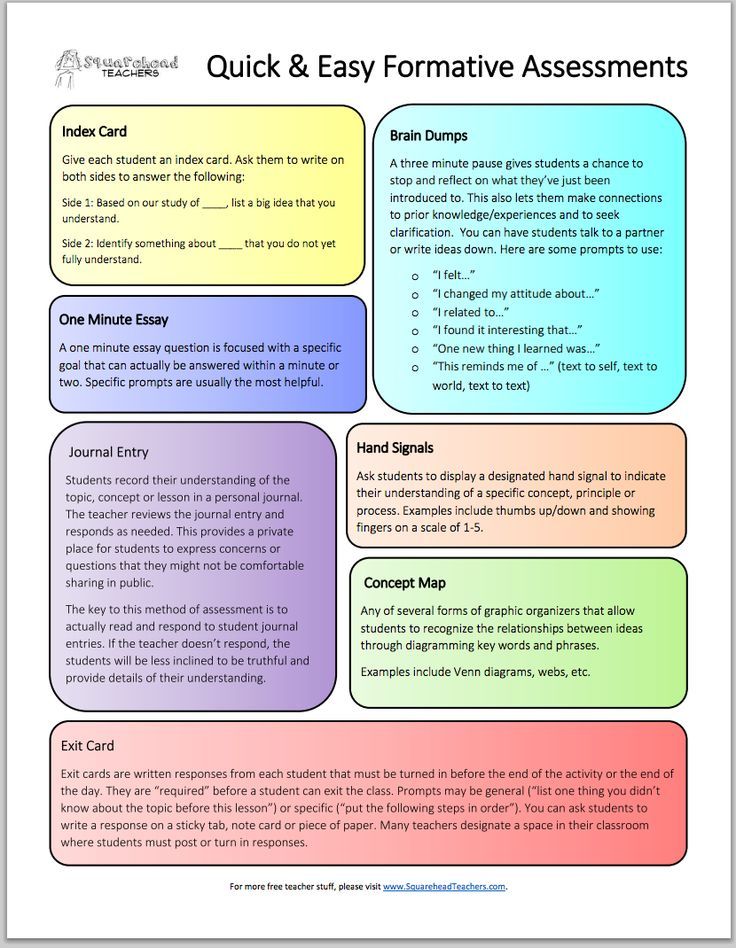 It may also help to split kids up into small groups when they reenter the classroom, especially in winter months when kids can get rowdy while taking off their cold-weather gear. This option gives them more space and fewer distractions. Another approach could be to give students short time limits to get in their seats and be quiet — “You have 30 seconds to get in your seats and put all eyes on me. Go!”
It may also help to split kids up into small groups when they reenter the classroom, especially in winter months when kids can get rowdy while taking off their cold-weather gear. This option gives them more space and fewer distractions. Another approach could be to give students short time limits to get in their seats and be quiet — “You have 30 seconds to get in your seats and put all eyes on me. Go!”
2. Have Kids Start Independent Work, Such As Reading or Writing
After lunch or recess is a great time to focus on independent work and do activities like sustained silent reading (SSR). Hopefully, the students will get absorbed in whatever they’ve chosen to read or write about and will settle down to focus. There are several types of independent work that kids can do. Here are our top five:
- SSR: Sustained silent reading has been around for a while and involves setting aside a specific amount of time each day for students to read a book of their choice.
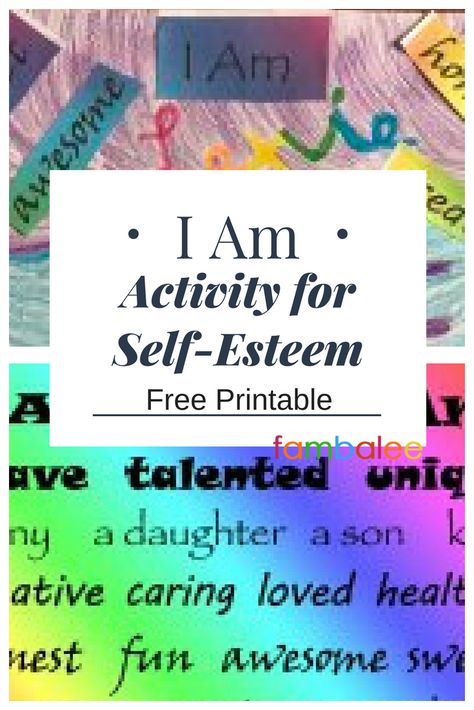 It encourages consistent reading and can positively influence kids’ attitudes toward reading. You can do SSR at any age level. A trip to the school library at the beginning of the year is a great way to get them started.
It encourages consistent reading and can positively influence kids’ attitudes toward reading. You can do SSR at any age level. A trip to the school library at the beginning of the year is a great way to get them started. - Writing: One way to improve writing is by doing it consistently. Having students write each day is an excellent method for increasing how much they write. It gets them in the practice of writing, so they use what they’ve learned. Plus, having them write by hand is an effective way to improve their spelling and composition skills. Compile some writing prompts appropriate for your grade level and put them up on the board each day.
- Journal: Aside from assigned writing, you can also give your students time to journal. Have your students designate a notebook for journaling and give them time to write every day about their lives.
- Doodle or color: Leaving room for artistic endeavors in the classroom is a fun way to get students focused.
 Printable coloring pages are a convenient, low-budget approach to getting exciting designs in front of your kids. Depending on your classroom setup and your budget, you might find it easy to give them a box of crayons or markers to share. You can even collect and display their masterpieces on the wall if they aren’t unmanageable in number.
Printable coloring pages are a convenient, low-budget approach to getting exciting designs in front of your kids. Depending on your classroom setup and your budget, you might find it easy to give them a box of crayons or markers to share. You can even collect and display their masterpieces on the wall if they aren’t unmanageable in number. - General work time: Another route that may work best with older kids is not to assign anything specific, and leave students time to catch up on work, read or do whatever they like that is quiet and productive or relaxing. This approach also provides an opportunity for students to ask you questions.
3. Lead Yoga or Stretching Exercises
Yoga can be an incredibly relaxing activity. It can reduce stress, increase muscle and improve posture. It stands to reason that kids can benefit from it too. Have them spread out and make some space. Dim the lights and get stretching. With many poses, you can encourage the kids to act out some of their favorite animals. Here are a few poses you can do with children:
Here are a few poses you can do with children:
- Cat Pose: Get on all fours. Arch your back, and tuck your chin toward your chest.
- Downward-Facing Dog: Bend down and put your palms on the ground in front of you. Lift your rear end upwards, straighten your legs and relax your neck.
- Mountain Pose: Stand up straight, press your palms together in front of you, with your elbows out.
- Child’s Pose: Sit down with your knees tucked in, so you are sitting on your heels. Lean forward, so your face is close to the ground, and keep your arms parallel to the rest of your body. Touch your hands to the ground in front of you.
- Tree Pose: Stand on one leg. Put the bottom of your other foot against your inner thigh.
- Warrior II Pose: Step back with one foot. Raise your arms up at your sides, parallel to the floor. Twist your arms, so they are in line with your legs.
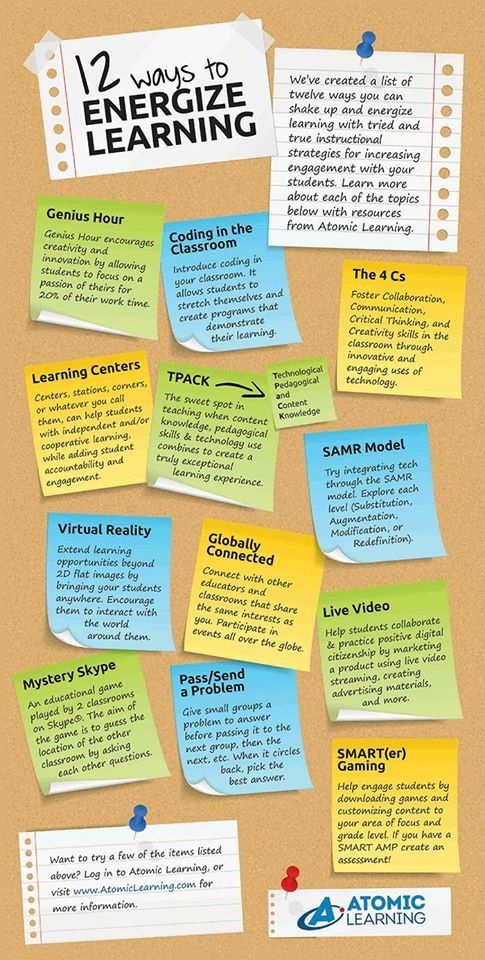
You can even get helpful posters to display the poses and remind kids of the things they are emulating when they do them, like a strong surfer, a friendly dog or a wise owl.
4. Lead Relaxing Breathing Exercises
These can be done during yoga or by themselves in a peaceful atmosphere. Controlled breathing can bring down anxiety, manage pain and discomfort, help balance unpleasant thoughts and even fight inflammation. Below are some breathing techniques that your kids may benefit from and have fun with. Similar to the yoga poses, many of these can be animal-themed. You may also want to use something like a timed breathing video to help students visualize their breaths.
- Bunny-breathing: Inhale or sniff in short bursts and exhale in one motion.
- Balloon breathing: Kids can pretend they are blowing up a balloon by exhaling slowly, then deflating the balloon by inhaling slowly too.
- Bumblebee breathing: Slowly inhale, then release the air with a light buzzing noise.
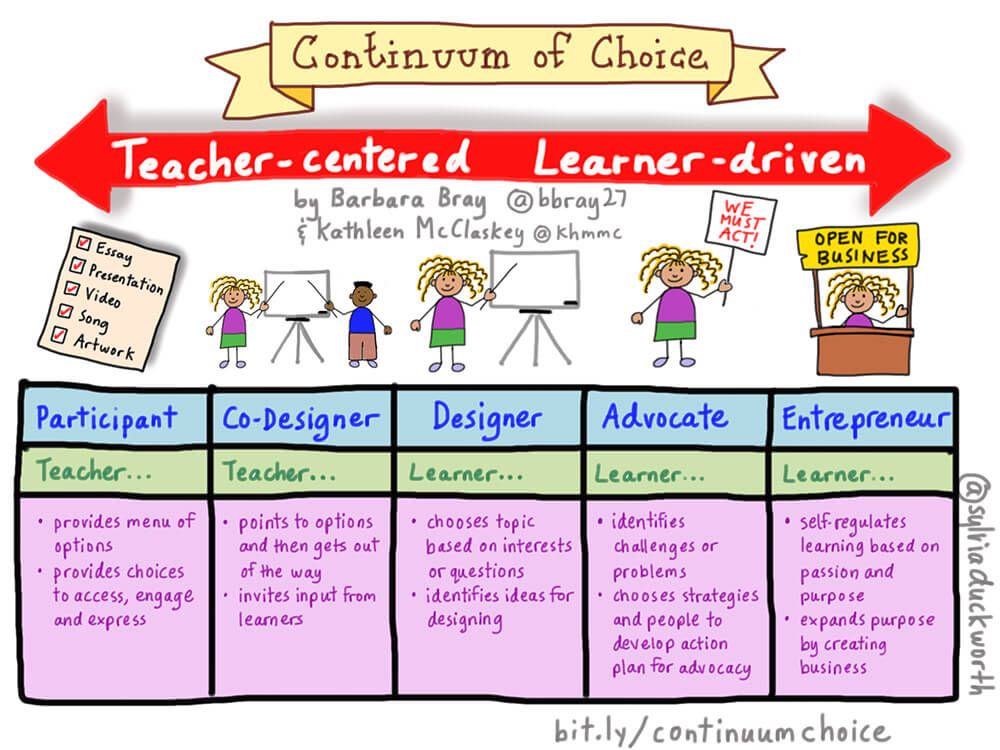
- Belly breathing: Sit up straight or lie down with one hand on your belly and the other on your chest. Breathe in and out slowly, making sure to exhale through your nose. Pay attention to the movement of your stomach.
If you do these regularly, you can even let students lead the class.
5. Listen to Guided Imagery or Read Aloud
Guided imagery can be impressively helpful. In one study, children who listened to guided imagery CDs several times a week saw a 63.1% decrease in pain levels, compared to 26.7% of kids who received only standard medical care in the control group.
One useful scenario from that study had the children picture a particular object that melted like butter in their hands. It made them warm and shiny, and they would place their hands on their stomachs to spread warmth and light. This placement would create a barrier that prevented anything from irritating their bellies. While this approach applies to pain, guided imagery can also work for relaxation.
You can find a variety of guided imagery scripts online that you can read to your students, or you could play recordings. These would work well with the calming atmosphere from our first tip.
Similar to guided imagery, after lunch or recess would be an excellent time for a read-aloud. Gather everyone onto the rug and have the kids circle around you as you read to them. Bringing the class together for a listening activity like this can help keep them quiet and focused on you.
6. Do Warm-Up Exercises and Brain Games
Find simple activities that require enough focus that your kids have to pay attention, but not so much that they will miss out on essential content if they are still a little inattentive. These warm-up activities can include:
- Math problems: Ask the students to work on a problem based on the skills they’ve been learning.
- Grammar practice: Have students make corrections to a sentence that has errors in grammar or spelling.
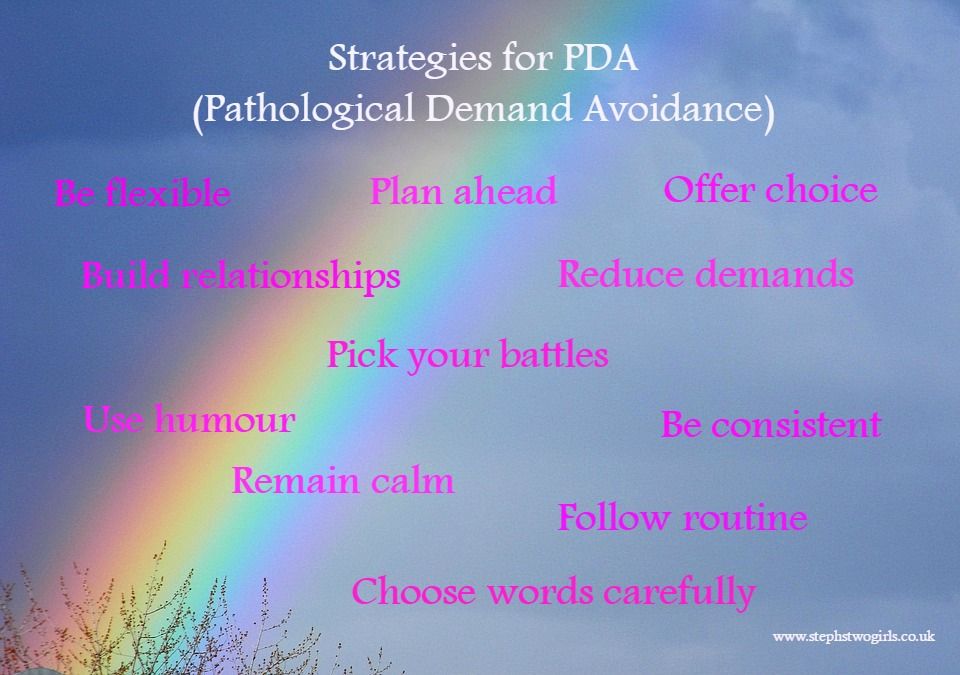 This practice is a great way to keep concepts in mind that they may not have seen for a while.
This practice is a great way to keep concepts in mind that they may not have seen for a while. - Beach Ball Toss: This one requires a little more work on your part. Use a marker to write different numbers on a beach ball. These numbers correspond to categories and questions that you have on a list. Throw the ball to a student. Whatever number their right thumb is closest to is the category they have to answer. You’ll read questions that go with the number.
- Simon Says: Simon Says isn’t as educational, but it can help kids lose any extra energy they’ve got and pay attention to you.
- Opinion Questions: Ask students introductory questions about the topic they’ll be learning about. If they’re learning about a geography feature, you could ask them if they’ve ever seen it and where. If they’re learning about an animal, you can ask them what their favorite kind of animal is and why.
7. Teach Self-Calming Strategies and Mindfulness for Students
Teaching students self-calming strategies empowers them to recognize and manage their emotions.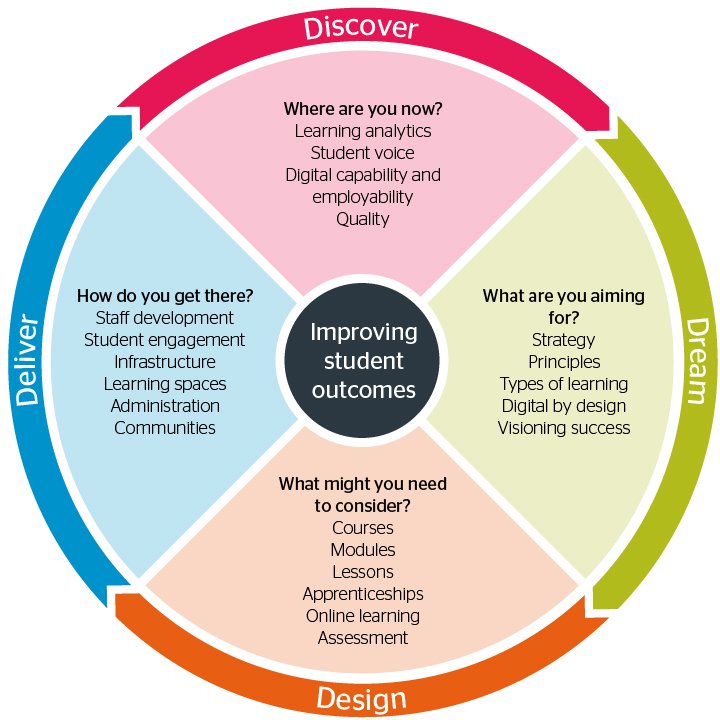 One of the most powerful self-calming practices is mindfulness. Being mindful is a psychological practice that focuses your thoughts on the present. It encourages you to pay attention to your environment, feelings, emotions and senses. In kids, mindfulness can help them become more self-aware and start to assess how their emotions affect their behavior. Mindfulness is not about “clearing” your mind like some might associate with relaxation techniques. It is more about focusing your mind on your present environment.
One of the most powerful self-calming practices is mindfulness. Being mindful is a psychological practice that focuses your thoughts on the present. It encourages you to pay attention to your environment, feelings, emotions and senses. In kids, mindfulness can help them become more self-aware and start to assess how their emotions affect their behavior. Mindfulness is not about “clearing” your mind like some might associate with relaxation techniques. It is more about focusing your mind on your present environment.
Some mindfulness practices include what you would expect, such as yoga-like deep breathing which helps with self-soothing. Other activities tend to focus on the senses. Note that these activities are done with eyes closed, except for the sight activity.
- Body Scan: This scan is a great way to get your kids to relax their muscles, especially if they’ve been running around and are still full of energy from recess. Doing this works similarly to guided imagery, in that they listen to you or a recording that instructs them on relaxing the different parts of their bodies.
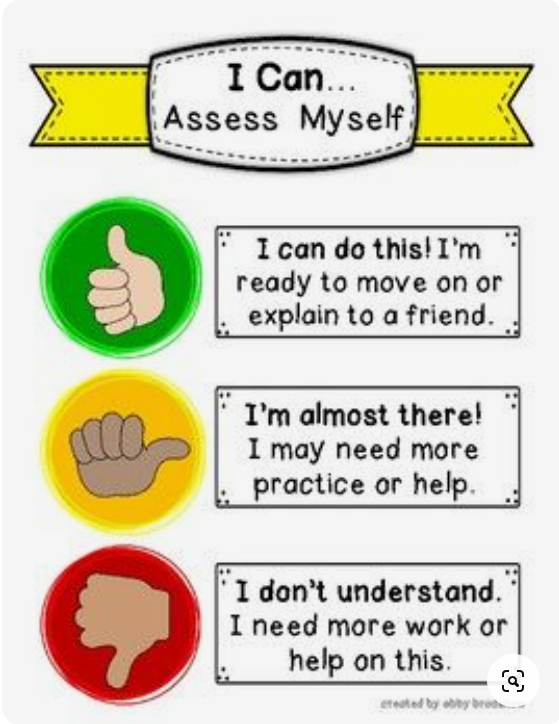 As they release tension from their muscles, they slowly relax their whole bodies.
As they release tension from their muscles, they slowly relax their whole bodies. - Taste Test: Give your students a small piece of food, such as a raisin, and set a timer. You may want to start at 30 seconds and build your way up to longer times. Have the kids put the piece of food in their mouth and not eat it. They can roll the candy around, feel it on their tongues. This activity encourages them to focus on the sensory details of the experience and not about whatever else is running through their brains.
- Sound: Again, have the kids close their eyes. This time, ask them to focus on a sound they can hear. It might be cars whizzing by on the highway, the rickety ceiling fan above them or a teacher’s heels clicking down the hall.
- Feel: Have kids find something to feel. This item can be their desk, a pencil bag, their coat or whatever is in reach. Set your timer and have them touch the object. They can run their fingers across it, pinch it, rub the back of their fingernails on it, whatever they like to help them focus on it and think about the way it feels.
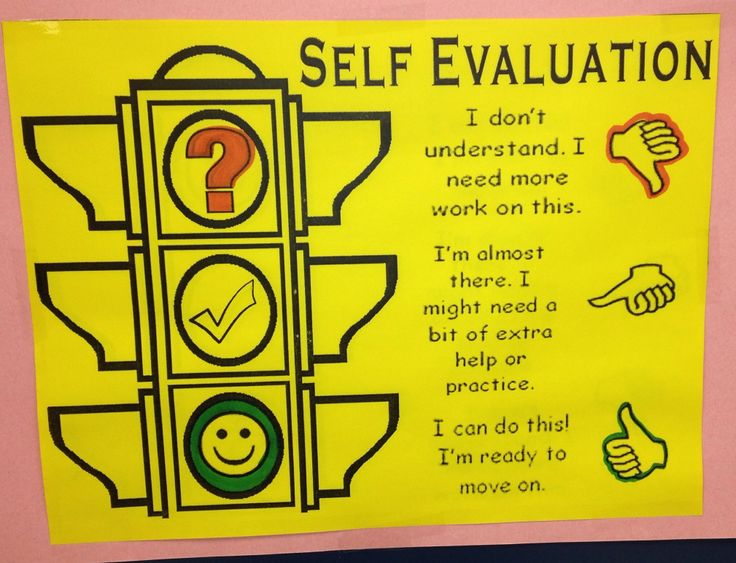
- Sight: Have your kids pick an object in the room and focus on it. They can take it all in and pay attention to the colors, the brightness, any reflections or small pieces.
- Gratitude: Being thankful for your present situation is another component of mindfulness. Ask your students to list off three things they are grateful for that day. Doing this will help them focus on the good, less-stressful aspects of life and build a foundation for positive thinking.
8. Play Educational Videos
If you’re using videos in your lesson plan, now would be a great time to show them. It’s a great way to kick off students’ learning and draw them in. You can also just show them cool videos that are good for their development in general — a spotlight of a unique artist, general life skills or something else. There are a variety of calming videos online that blend elements of guided imagery and relaxation videos. Older kids might enjoy TED Ed’s collection of animated student talks.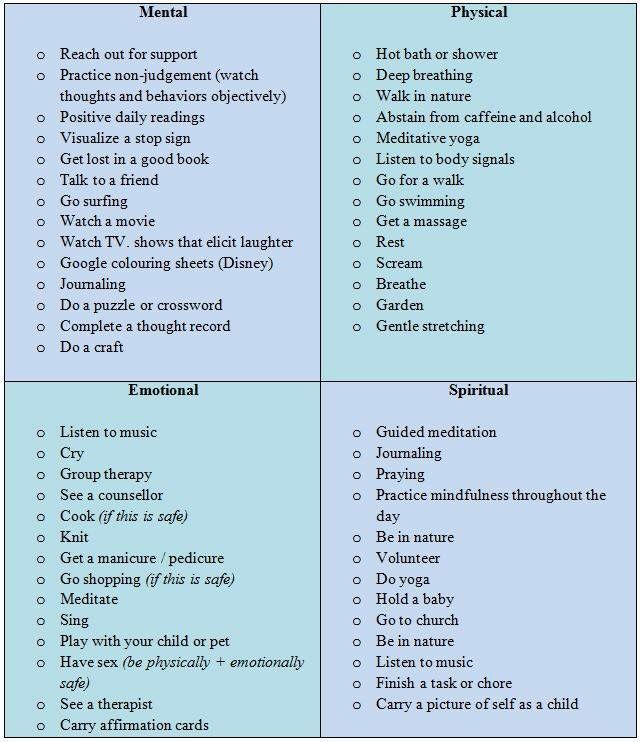
9. Make a Designated Space to Destress
This method is more for those few students who can’t seem to calm down with the rest of the class. These designated areas are sometimes called calming corners or quiet places, among many other names. They provide a space for children to address their emotions and cool down. These work well for kids with behavioral problems and any student having problems with focus or energy. In addition to short-term results, a quiet area can teach calming techniques for students to use outside of class.
A calming corner is typically separated from the rest of the classroom with a divider, like curtains or other low partitions. Remember, you’ll still need to be able to see the student. You can furnish the corner with cozy, peaceful items, like a soft rug, a beanbag or butterfly chair and pillows.
This space can also include mindfulness activities. Relaxing music or sounds with headphones can be a nice distraction for students, as can magazines and books.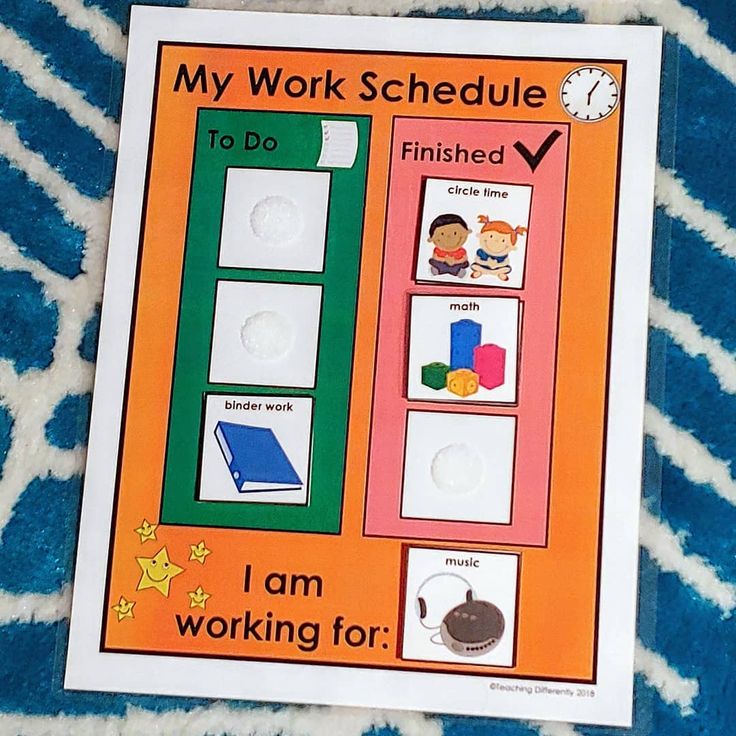 You may also want to put up posters to help students understand their thought processes and mindfulness exercises. You’ll want a timer as well, so the students understand the purpose and limitations of the quiet place. It is a place to collect themselves, calm down and rejoin the rest of the group, not hang out all day. It requires a clear discussion with the students, so they understand why and how they’re using it.
You may also want to put up posters to help students understand their thought processes and mindfulness exercises. You’ll want a timer as well, so the students understand the purpose and limitations of the quiet place. It is a place to collect themselves, calm down and rejoin the rest of the group, not hang out all day. It requires a clear discussion with the students, so they understand why and how they’re using it.
Sensory toys are another item you can put in here. While primarily used for children with attention disorders and special needs, some sensory toys are designed for relaxation as well. A glitter jar, for instance, can be used to redirect a students’ focus. Other sensory toys include stress balls, putty and tangles.
10. Encourage Students to Practice Their Handwriting
Even if your school has done away with cursive, having students sit down and write by hand for a few minutes every day can have impressive benefits.
The act of writing by hand has been shown to do several things for the learning process.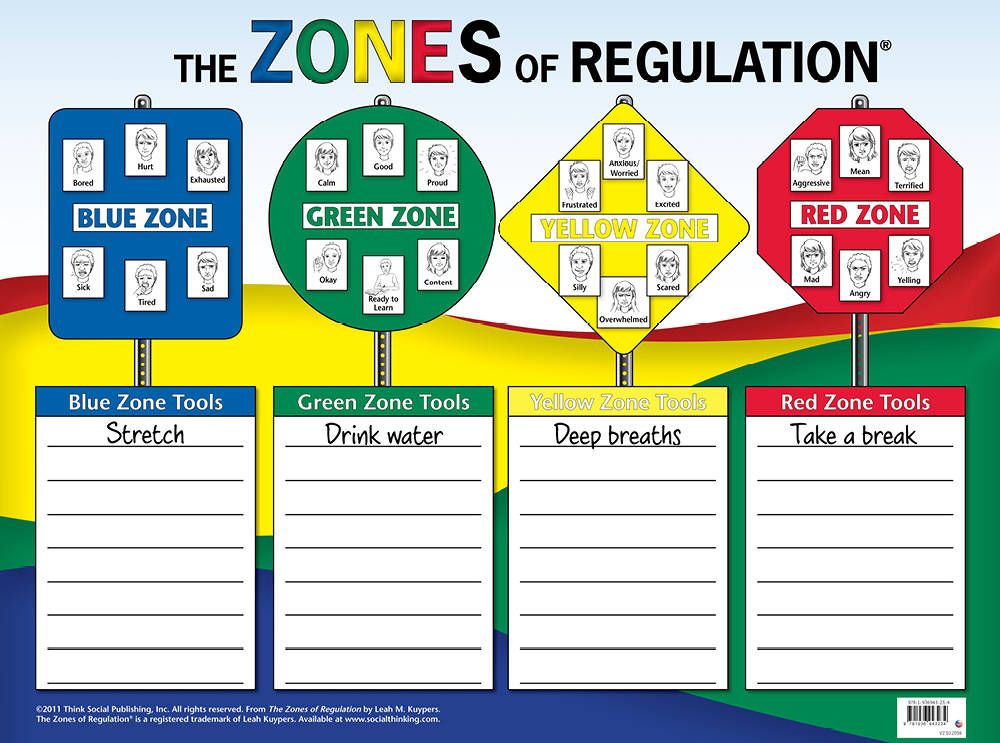 It improves working memory — a fantastic plus for the pre-lesson environment. Taking notes by hand uses more processing power and can be especially helpful for retention. Practicing the skills needed for effective writing and note-taking can be beneficial for students’ learning while focusing them on one task.
It improves working memory — a fantastic plus for the pre-lesson environment. Taking notes by hand uses more processing power and can be especially helpful for retention. Practicing the skills needed for effective writing and note-taking can be beneficial for students’ learning while focusing them on one task.
Aside from writing by hand, the act of writing, in general, can be beneficial. Asking your students to write expressively about their lives can lead to several mental and physical health benefits. Multiple studies have shown positive results associated with writing, such as less frequent doctor’s visits, lower blood pressure and increased liver functioning. Expressive writing can also improve mood and reduce depressive symptoms. It often works by allowing the writer an outlet to discuss problems in their lives that they might otherwise not feel comfortable discussing. Kids who have trouble expressing their emotions may find significant benefit here.
Keep Your Classroom Calm
While you’re working with a room full of high-energy kids, remember that you’ll need to stay calm too.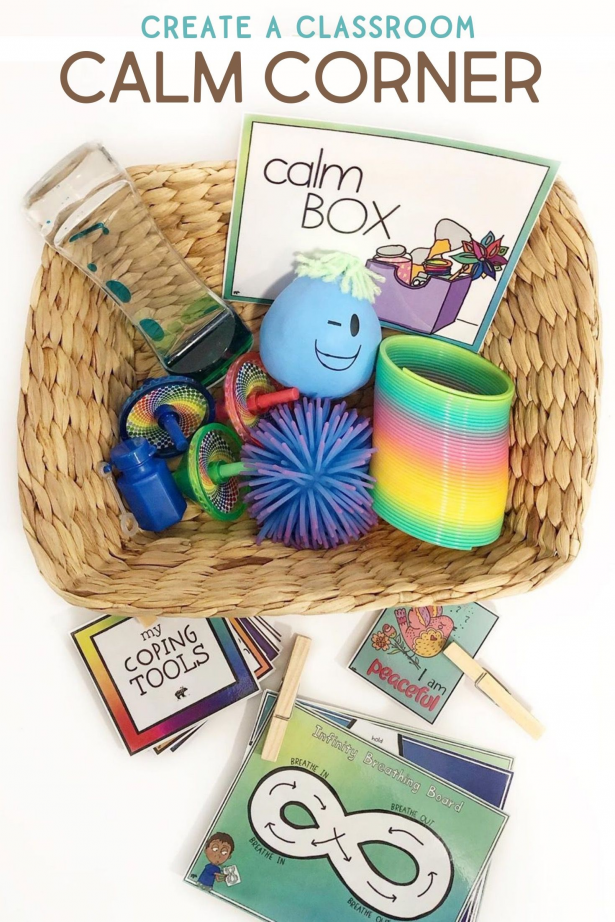 Most of these calming techniques for students will work just as well for adults. When they do deep breathing, do it with them. When they take time to color, join them. This can bring you closer to your students and decrease your stress levels as well.
Most of these calming techniques for students will work just as well for adults. When they do deep breathing, do it with them. When they take time to color, join them. This can bring you closer to your students and decrease your stress levels as well.
If you still can’t get your students to calm down, they might need a better way to get rid of all their energy during recess. A playground that’s designed to thrill can tire them out and keep them from fidgeting all day in your classroom. To learn more about a playground that can bring more benefits to your kids’ recess, reach out to a Miracle® Recreation representative today.
100 Simple Calm Down Strategies for Kids {Free Printable List Included!} | And Next Comes L
A huge free printable list of 100 calm down strategies for kids. These are simple strategies kids can use to calm down when angry, upset, frustrated, or overwhelmed. The free printable makes an excellent addition to a homemade calm down kit as well.
My son needs a lot of help self-regulating some days so we are constantly introducing him to new calm down techniques
We already make use of our visual calm down cards and the various DIY sensory hacks that I have made for him, but we still haven't pinpointed the exact sensory calming strategies that work best for him on a regular basis. Some days certain calm down strategies work, but fail to help the next day.
Thankfully this list of 100 calming strategies for kids is massive, so we certainly have lots of strategies left to try!
100 Simple Ways to Calm an Angry Child
This list of calm down techniques for kids covers a wide range of sensory inputs, from oral motor to proprioceptive.
So whether you kid finds chewing calming or being squished calming, there is something for everyone on this list! This list of ideas is perfect for home or school. No need to wonder how to calm down a kid when you have this huge list of sensory calming strategies for children handy!
1.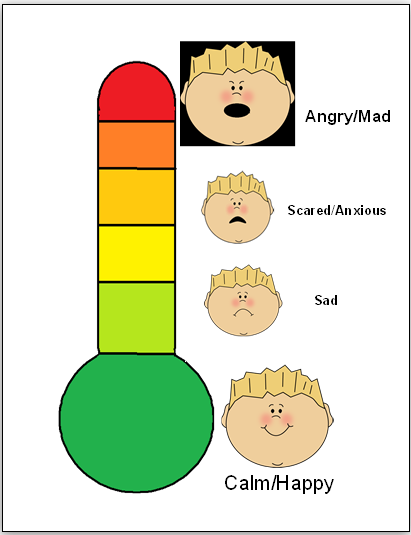 Blow bubbles
Blow bubbles
2. Chew gum
3. Chew on a chewy toy, necklace, or bracelet (see: DIY Chewelry Ideas & Best Chew Necklaces for Kids)
4. Complete a puzzle
5. Use a fidget
10. Wear noise reducing ear muffs
11. Suck on hard candies
13. Use Rescue Remedy spray
14. Listen to music
15. Listen to audiobooks
16. Do some yoga
17. Lay or bounce on a ball
18. Sing the ABCs forwards or backwards
19. Build with blocks or LEGO
20. Go for a run
22. Pet a cat or dog
23.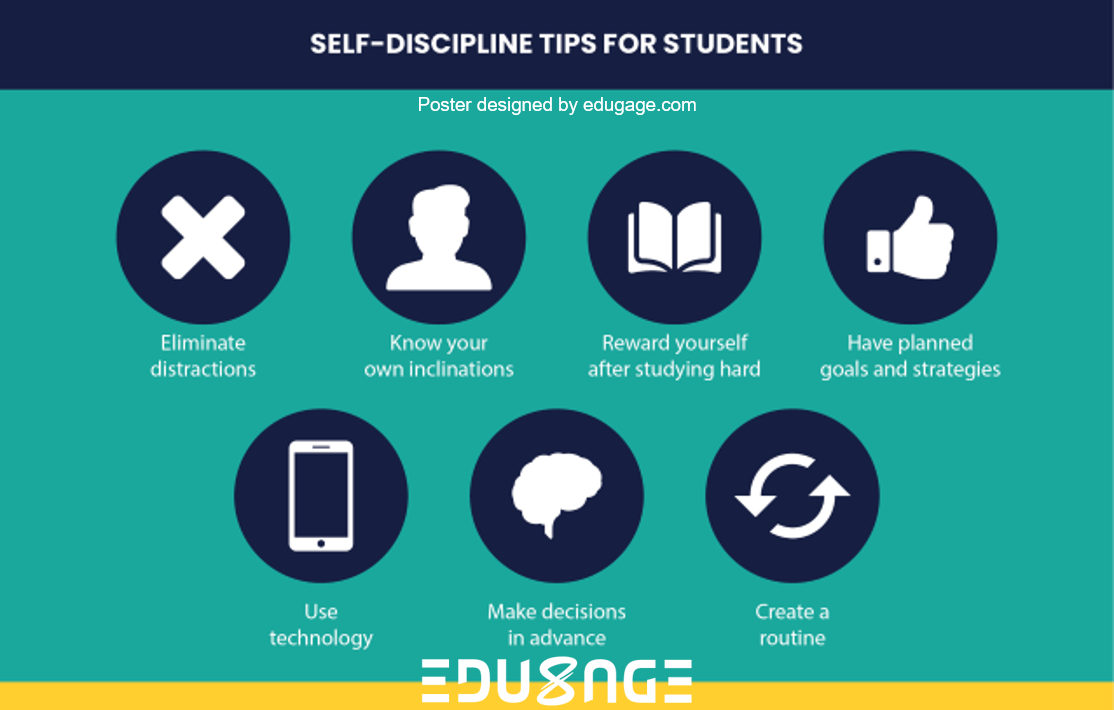 Draw with chalk
Draw with chalk
24. Go for a walk
25. Go to a quiet place
26. Paint a picture
27. Do a maze, dot to dot, or word search
28. Read a book
29. Count slowly forwards or backwards
30. Ask for a hug
31. Take a drink of water
32. Wrap up in a blanket (weighted or not)
33. Invert head or hang upside down
34. Close your eyes
35. Hum or sing a song
36. Do some deep breathing
37. Go for a bike ride
38. Draw a picture
41. Climb a tree
Climb a tree
42. Play an instrument and make music
44. Use a calm down bottle
45. Do animal walks
46. Dance
47. Skip
48. Do a cartwheel
49. Take a bubble bath
50. Drink a smoothie through a straw
51. Make silly faces in a mirror
52. Drink a warm beverage
53. Look at an hourglass, lava lamp, or aquarium
55. Bend and twist pipe cleaners
56. Have a snack
57. Pop bubble wrap
58. Play with play dough, slime, or silly putty
59.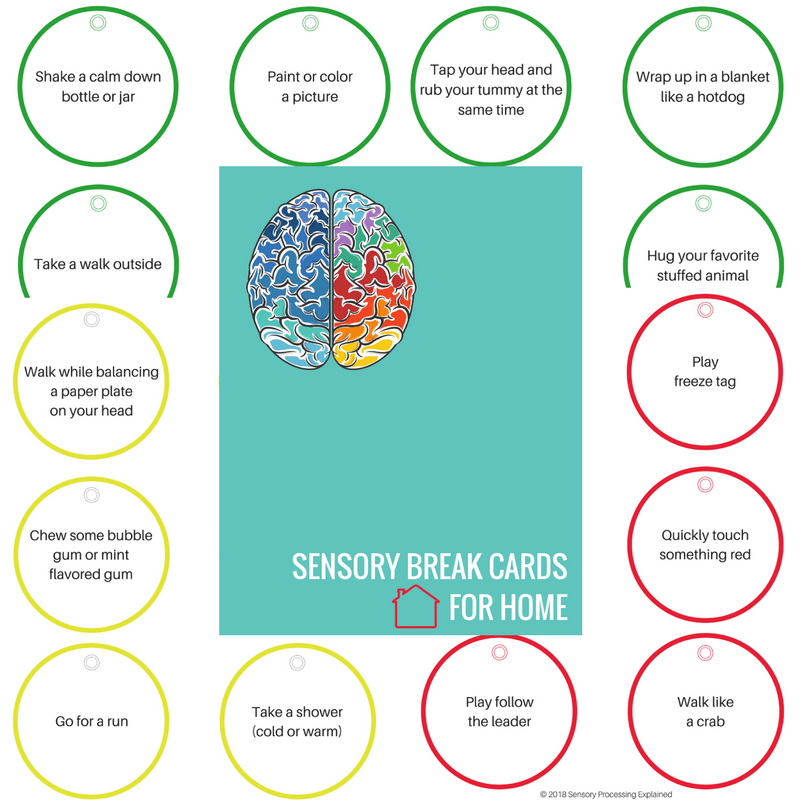 Look at a photo album
Look at a photo album
60. Blow a pinwheel
62. Tightly hug or squeeze a pillow or toy
63. Wear an eye mask
64. Listen to nature sounds
65. Spin a top
66. Use a mini massager
67. Climb into a body sock
68. Make a craft
69. Play a one player board game (we love Rush Hour for this!)
70. Rub some scented lotion on
71. Wear sunglasses
72. Light a scented candle
73. Journal
74. Color a picture in a coloring book
75. Play with shadow puppets
76.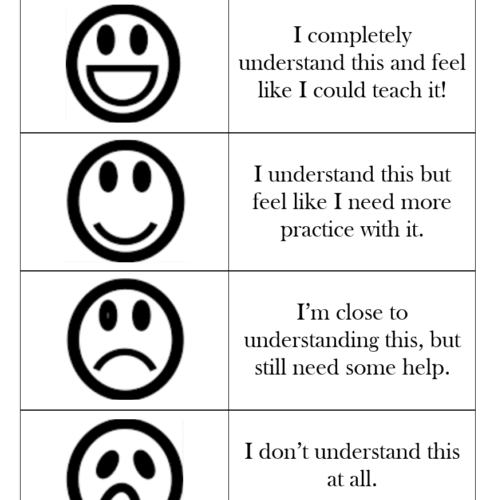 Blow a feather
Blow a feather
77. Blow a pom pom around using a straw
78. Take a bath with Epsom salts
79. Ask for a break
80. Push against a wall
83. Take a shower
84. Suck on ice
85. Do some joint compressions
86. Brush hair and/or skin
87. Blow bubbles in a cup of water
88. Smell scratch and sniff stickers
89. Turn off the lights
90. Read with a flashlight
91. Play I spy (check out our massive collection of I Spy Printables)
92. Braid your hair
93. Climb a ladder or rock wall
94.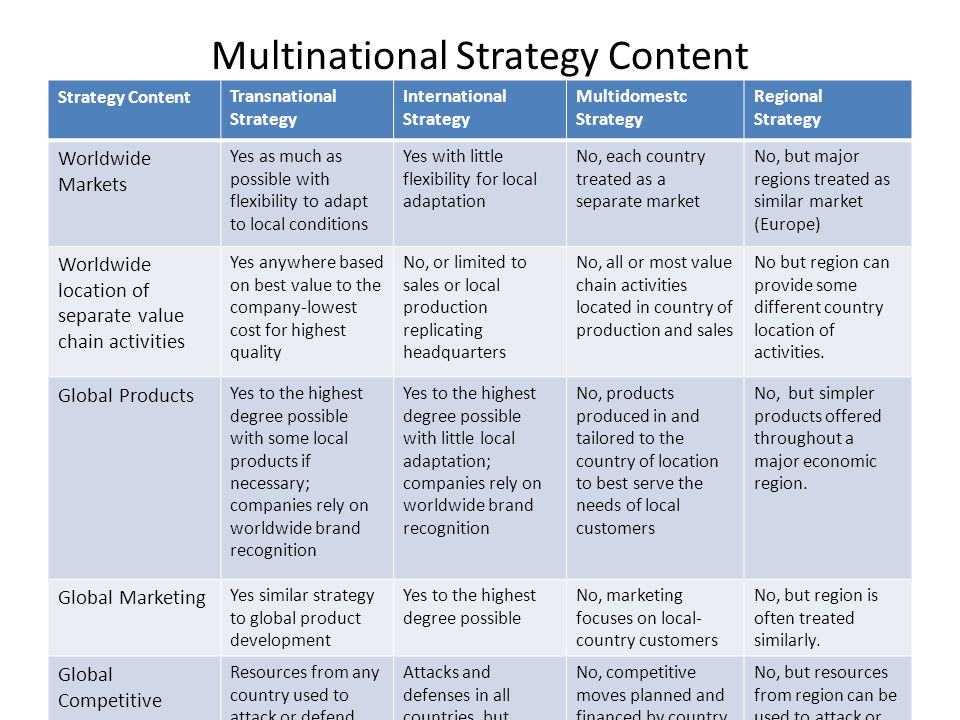 Use positive affirmations
Use positive affirmations
95. Hug someone
96. Doodle on paper, whiteboard, or similar
98. Stretch
99. Play with a pet
100. Trace your hands with your finger
Download the Free Printable List of Calming Strategies
PSYCHOLOGICAL CHARACTERISTICS OF COPING BEHAVIOR STRATEGIES IN ETHNIC SUBJECTS
ETHNIC SUBJECTS
Scientific article
Vyuzhanina S.A. 1, *, Molchanova E.A. 2
1 ORCID: 0000-0003-1355-3918;
2 ORCID: 0000-0002-2284-9668;
1, 2 Udmurt State University, Izhevsk, Russia
* Corresponding author (svalmy[at]mail.ru)
Annotation
The results of an empirical study are discussed in order to determine the psychological characteristics of the strategies of coping behavior of ethnic subjects (Udmurts and Russians).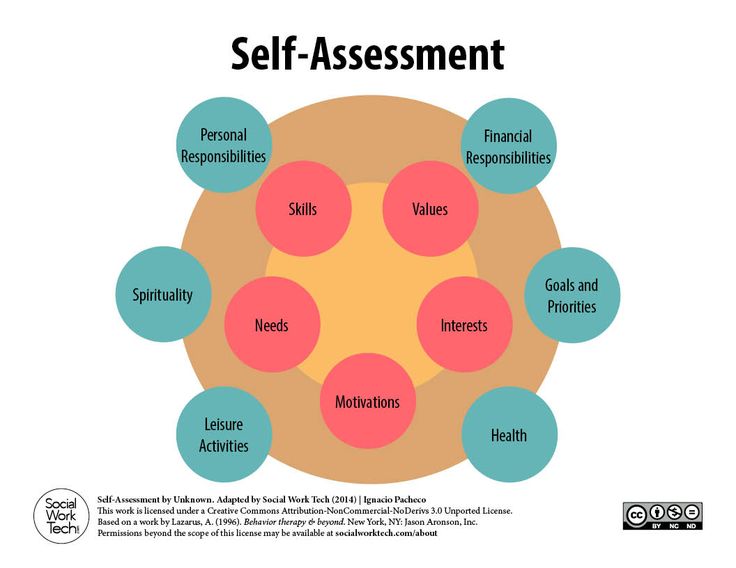 It is shown that urban and rural Udmurts use a relatively "monotonous" number of coping strategies, which is associated with their "reliance" on cultural values, manifested in ethnotypical features and disclosed to representatives of both groups as additional adaptive resources. It has been established that rural Udmurts more often choose strategies to cope with stress: “active avoidance”, “setting their own value”, “giving meaning” and “emotional release”, combining in their aspirations the achievement of harmony in the world, ethno-social environment, as well as reflection on their position in the system of interpersonal relations, which is expressed in internal experiences and the need to use "emotional discharge". It has been proven that urban Udmurts, as specific strategies, use “retreat” and “problem analysis”, which temporarily provide “protection” from the effects of stress factors and are the result of the Udmurts experiencing a mismatch between social and cultural values in connection with moving to the urban environment.
It is shown that urban and rural Udmurts use a relatively "monotonous" number of coping strategies, which is associated with their "reliance" on cultural values, manifested in ethnotypical features and disclosed to representatives of both groups as additional adaptive resources. It has been established that rural Udmurts more often choose strategies to cope with stress: “active avoidance”, “setting their own value”, “giving meaning” and “emotional release”, combining in their aspirations the achievement of harmony in the world, ethno-social environment, as well as reflection on their position in the system of interpersonal relations, which is expressed in internal experiences and the need to use "emotional discharge". It has been proven that urban Udmurts, as specific strategies, use “retreat” and “problem analysis”, which temporarily provide “protection” from the effects of stress factors and are the result of the Udmurts experiencing a mismatch between social and cultural values in connection with moving to the urban environment. .
.
Key words: coping behavior, coping strategies, ethnic subjects, urban and rural Udmurts.
PSYCHOLOGICAL CHARACTERISTICS OF COPING BEHAVIOR STRATEGIES IN ETHNIC SUBJECTS
Research article 1, *, Molchanova E.A. 2
1 ORCID: 0000-0003-1355-3918;
2 ORCID: 0000-0002-2284-9668;
1, 2 Udmurt State University, Izhevsk, Russia
* Corresponding author (svalmy[at]mail.ru)
Abstract
The article discusses the results of an empirical study aimed at determining the characteristics of coping strategies of ethnic subjects (Udmurts and Russians). The study demonstrates that urban and rural Udmurts use a relatively uniform number of coping strategies, which is associated with their reliance on cultural values manifested in ethnotypic features and disclosed to representatives of both groups as additional adaptive resources.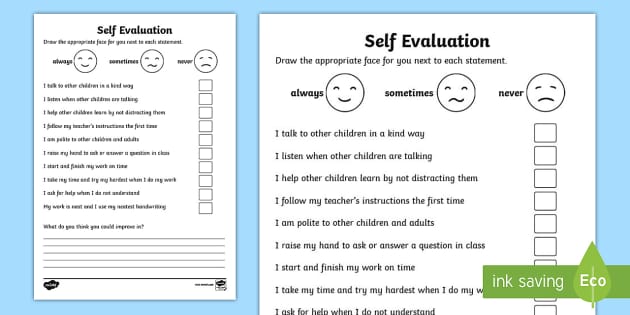 The authors establish that rural Udmurts more often choose the following strategies for coping with stress: "active avoidance", "establishing personal self-worth", "giving meaning" and "emotional discharge", combining in their aspirations the achievement of harmony in the world, their ethno-social environment as well as reflecting on their position in the system of interpersonal relations, which is expressed in internal experiences and the need to use "emotional discharge". The article proves that the urban Udmurts use "retreat" and "problem analysis" as specific strategies, which for a time provide "protection" from the impact of stressful factors and are the result of the Udmurt experience in the mismatch between social and cultural values in connection with the transition to the urban environment.
The authors establish that rural Udmurts more often choose the following strategies for coping with stress: "active avoidance", "establishing personal self-worth", "giving meaning" and "emotional discharge", combining in their aspirations the achievement of harmony in the world, their ethno-social environment as well as reflecting on their position in the system of interpersonal relations, which is expressed in internal experiences and the need to use "emotional discharge". The article proves that the urban Udmurts use "retreat" and "problem analysis" as specific strategies, which for a time provide "protection" from the impact of stressful factors and are the result of the Udmurt experience in the mismatch between social and cultural values in connection with the transition to the urban environment.
Keywords : coping behavior, coping strategies, ethnic subjects, urban and rural Udmurts.
Relevance
The modern world space sets a high pace of changes in society, which are becoming especially rapid in combination with the global economic crisis that arose against the backdrop of the coronavirus pandemic.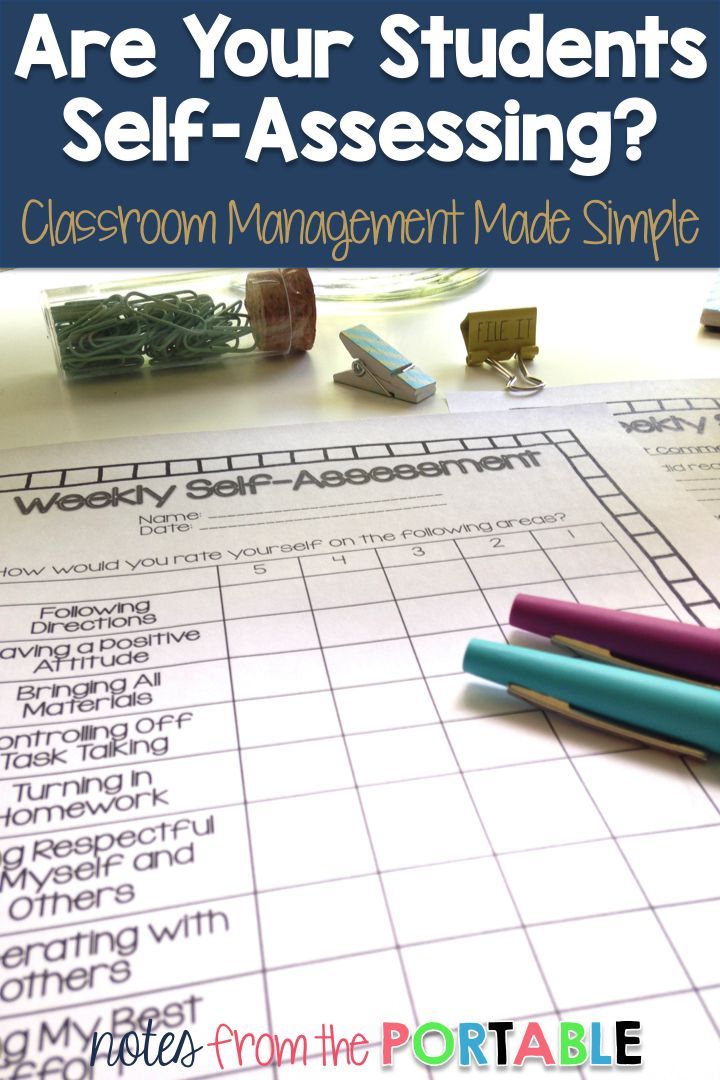 The formation of a post-industrial society “launches” a sharp development of the information sector of the economy, which has an impact on the processes of social stratification and mobility of various population groups, the emergence of the need to build new principles of social organization, the interaction of members of society with each other, as well as changes in the way and ways of life of a single individual .
The formation of a post-industrial society “launches” a sharp development of the information sector of the economy, which has an impact on the processes of social stratification and mobility of various population groups, the emergence of the need to build new principles of social organization, the interaction of members of society with each other, as well as changes in the way and ways of life of a single individual .
The result of the formation of the information society is the increasing informatization of the lives of subjects, aggravated by forced self-isolation experienced by residents of the city and the countryside as an additional stress factor. The processes taking place in society at the present time lead to an increase in the internal tension of people and the need to use mechanisms to overcome stressful situations. The psychological resources of coping in the difficult conditions of our time, in particular, those found in the cultural values of ethnic groups, allow using constructive ways of interacting with “others”, as well as protecting a person from the negative influence of the information environment on consciousness, imposed ideological intergroup attitudes that arise in the social political context [12].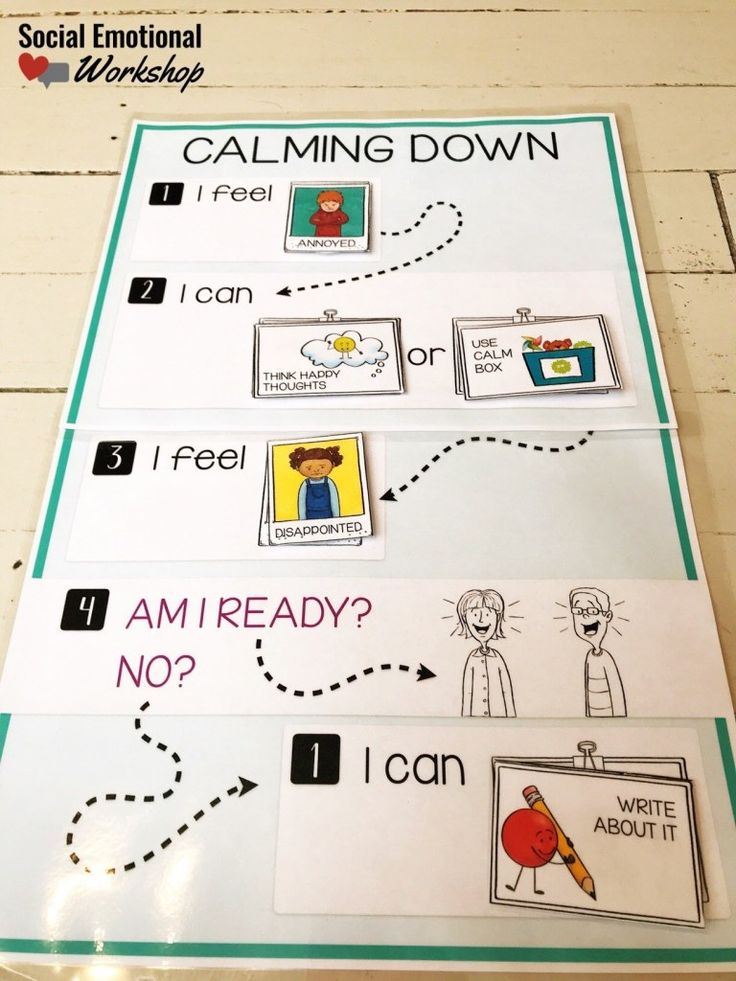
The term "coping" (English coping; Russian coping, overcoming) was first used in the study of ways for children to overcome age-related developmental crises (L. Murphy). Subsequently, the term began to be used to describe the conscious coping strategies that a person undertakes in order to resist the influence of stress factors that cause anxiety (R. Lazarus). In modern psychology, there is no common understanding of coping behavior and coping strategies.
In foreign psychology, the study of stress and coping behavior is carried out mainly in the cognitive-behavioral paradigm within the framework of three main approaches: situational, dispositional and integrative. The situational approach assumes that a person's choice of coping behavior is determined by the conditions of a particular situation (C.S. Carver, S. Folkman, R. Lazarus, M.F. Scheier, J.K. Weintraub, etc.) and represents constantly changing cognitive, behavioral efforts of the individual aimed at managing internal and external requirements that are assessed by the individual as exceeding his capabilities [11, C. 141]. The dispositional approach is aimed at studying personal qualities (dispositions) that determine a person's choice of certain strategies for coping with difficulties (J.H. Amirkhan, D. Byrne, N.S. Endler, C.J. Holahan, R. Moos, D.A. Parker, M. Zeidner, etc.). The integrative approach considers the process of coping as a complex phenomenon, which includes taking into account both personal factors and more variable ones - the conditions dictated by a specific situation when a person assesses the situation and chooses coping strategies (S. Hobfoll, R. Moos, J.A. Schaefer).
141]. The dispositional approach is aimed at studying personal qualities (dispositions) that determine a person's choice of certain strategies for coping with difficulties (J.H. Amirkhan, D. Byrne, N.S. Endler, C.J. Holahan, R. Moos, D.A. Parker, M. Zeidner, etc.). The integrative approach considers the process of coping as a complex phenomenon, which includes taking into account both personal factors and more variable ones - the conditions dictated by a specific situation when a person assesses the situation and chooses coping strategies (S. Hobfoll, R. Moos, J.A. Schaefer).
In domestic psychology in the 90s of the XX century, the problem of coping behavior began to be actively studied as an individual way of coping with life's difficulties in accordance with the significance of the situation for the individual (V.M. Yaltonsky), coping strategies chosen by a person in a situation of psychological threat (N.V. Veselova, N.A. Sirota, V.A. and others). Among the personality traits associated with the choice of coping strategies, self-regulation (L.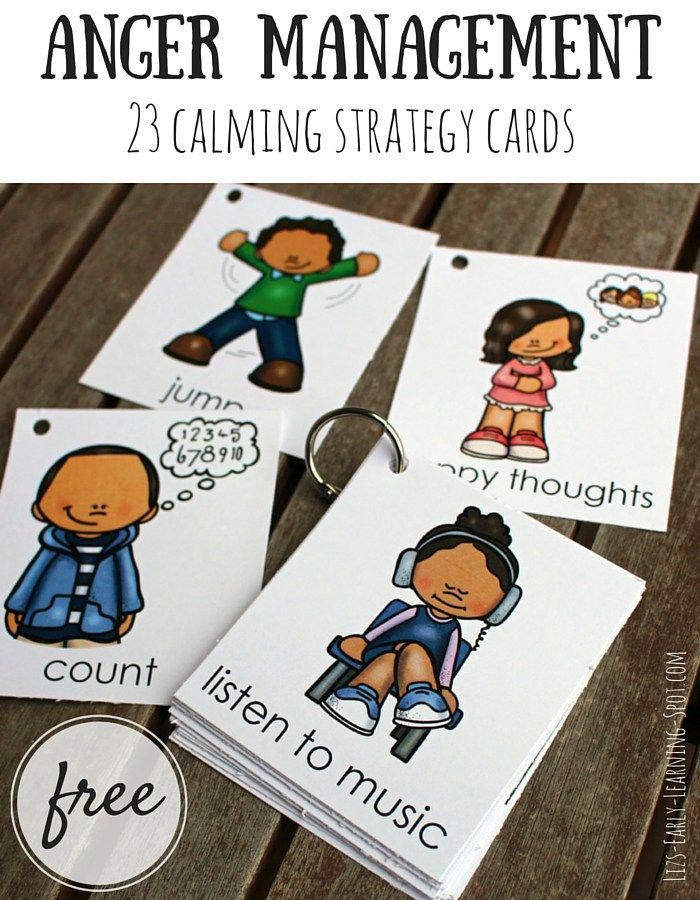 N. Antilogova, V.I. Morosanova, A.O. Prokhorov), intelligence (A.A. Aleksapolsky, S.A. Khazova, M. .A. Kholodnaya), anxiety (R.M. Granovskaya, I.M. Nikolskaya), hardiness (L.A. Aleksandrova, S.V. Knizhnikova, Leontiev D.A., R.I. Stetsishin, etc.) .
N. Antilogova, V.I. Morosanova, A.O. Prokhorov), intelligence (A.A. Aleksapolsky, S.A. Khazova, M. .A. Kholodnaya), anxiety (R.M. Granovskaya, I.M. Nikolskaya), hardiness (L.A. Aleksandrova, S.V. Knizhnikova, Leontiev D.A., R.I. Stetsishin, etc.) .
Currently, most of the psychological studies devoted to the problem of coping are carried out from the methodological position of the psychology of the subject (K.A. Abulkhanova, L.I. Antsiferova, V.A. Bodrov, A.V. Brushlinsky, A.L. Zhuravlev, V. V. Znakov, T. L. Kryukova, E. A. Petrova, E. A. Sergienko and others), in which a person is considered as a carrier of subjective properties that allow him to be the subject of his activity, life and the creator of his being. Thus, the ability to cope is understood in close connection with the activity of the individual and self-regulation. This ability is a "mirror of subjective activity", one of the most important characteristics of the subject, which includes conscious and purposeful social behavior, carried out in order to overcome stress, ensure productivity, well-being and health of a person [3, C. 184].
184].
An actual area of scientific research in the era of globalization and informatization of society is the study of the relationship between the choice of coping behavior strategies in the fundamental context that connects the individual with his environment - culture [10]. In difficult life situations that arise against the background of social instability and uncertainty, it is culture that is a resource that can provide effective methods of coping with difficulties (N.L. Lebedeva, A.N. Tatarko, S. Schwartz), due to the fact that it contains in themselves, sociotypical models of behavior are “typical programs of a given culture”, which regulate human behavior in situations that are standard for a given community (A.G. Asmolov, G.U. Soldatova, T.G. Stefanenko, V.Yu. Khotinets).
Each cultural community is characterized by specific culturally determined features of the perception of difficult life situations (stress) and the choice of coping strategies that correlate with ethnotypical, personal and confessional characteristics, a system of ideas, beliefs, norms and values, the presence or absence of experience in intercultural interaction, age and sex, as well as ways of teaching stress reduction (Gushchina T.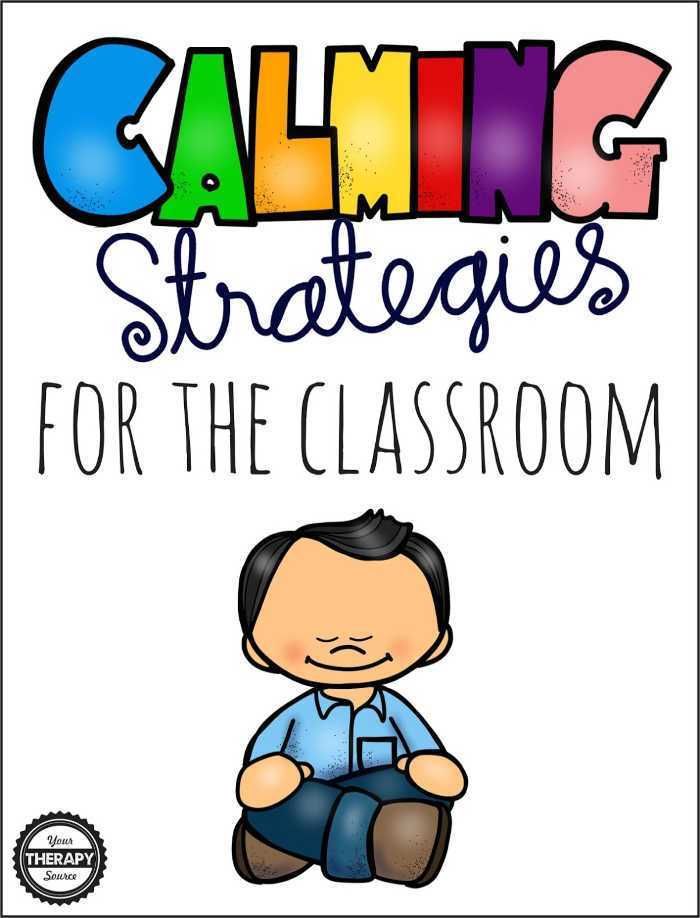 V., Kryukova T.L., Ekimchik O.A.; Fomicheva E.A. Khukhlaev O.E., G.K. Triandis, 2007).
V., Kryukova T.L., Ekimchik O.A.; Fomicheva E.A. Khukhlaev O.E., G.K. Triandis, 2007).
In modern science, researchers emphasize the need to take into account the psychological characteristics of representatives of a particular culture (multiculturalism) (B.C. Kuo, G. Roysircar, I.R. Newby-Clark, 2006; P.T.P. Wong, L.C.J. Wong, 2006; M. Iosifyan, G. Arina, C. Flahault, 2016, etc.) and situational factors when studying the impact of difficult life situations, their assessment and the choice of strategies for coping with them (C.M. Aldwin, 2007; S. Hobfoll, 2001; R.N. Moos, 2002; B.C. Kuo, 2011, etc.) . It has been established that taking into account the psychological mechanisms of coping behavior of representatives of different cultures contributes to a better understanding of the characteristics of ethnic groups, the establishment of constructive interaction with representatives of other ethnic groups (V.Yu. Khotinets, 2016). The lack of ideas about the unique originality of each of the cultures leads to a lack of readiness to establish intercultural dialogue and the difficulties of intercultural interaction (T.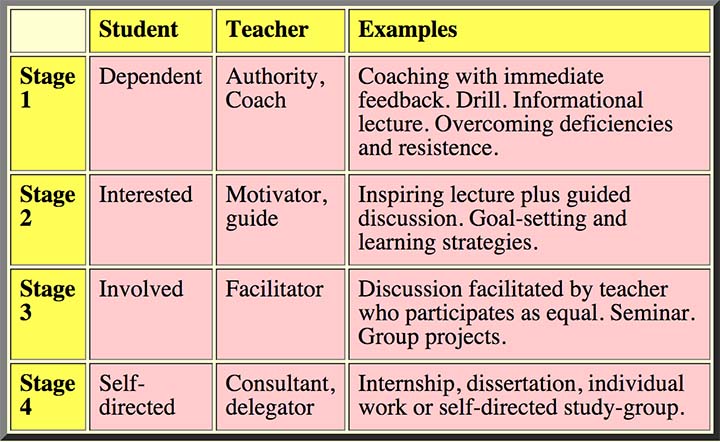 L. Kryukova, 2015).
L. Kryukova, 2015).
In this regard, the problem of studying the psychological characteristics of strategies for coping behavior of one of the largest ethnic groups of the Udmurt Republic - Finno-Ugric (rural and urban Udmurts) is of particular interest.
The object of research is coping behavior.
The subject of the study is the psychological characteristics of coping behavior strategies of the Udmurt ethnic group.
Research hypothesis: the strategies of coping behavior of rural and urban Udmurts are determined by cultural values and ethnotypical features of the Finno-Ugric ethnic group.
The purpose of the study is to identify the psychological characteristics of the coping behavior strategies of the Udmurts, to determine their specifics in rural and urban respondents.
Study methodology and procedure
Study participants. The empirical base of the study was a sample of 70 representatives of the Udmurt ethnic group aged 35 to 45 years: 35 people are Udmurts living in rural areas and 35 people are Udmurts living in the city.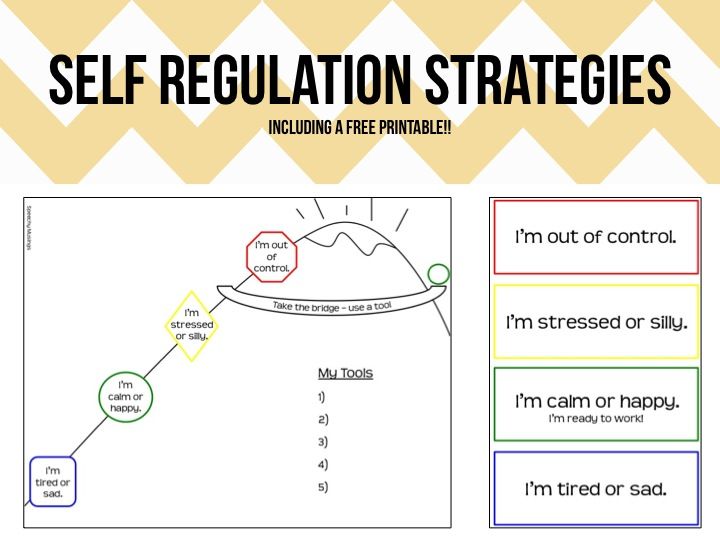 The ethnic identity of the study participants was determined by self-reports, taking into account objective and subjective characteristics, and was confirmed in an individual conversation. The sample population is regionally homogeneous and corresponds to the structure of the general population.
The ethnic identity of the study participants was determined by self-reports, taking into account objective and subjective characteristics, and was confirmed in an individual conversation. The sample population is regionally homogeneous and corresponds to the structure of the general population.
Procedure and technique. The participants of the study were asked to fill in the method of psychological diagnostics of coping strategies by E. Heim [2, pp. 282-286], which makes it possible to determine the strategies of coping behavior preferred by a person, taking into account their characteristics (adaptive, relatively adaptive, non-adaptive) in the cognitive, emotional and behavioral sphere.
The obtained data were analyzed using the procedures of mathematical statistics: descriptive statistics, method of analysis of the significance of differences according to the Mann-Whitney U-test. Data processing was carried out using the SPSS 11.5 for Windows program.
Results and discussion
The study revealed that the respondents of both groups choose a relatively “uniform” number of both adaptive and non-adaptive strategies for coping with difficult situations (optimism, distraction, conversion, relativity; see Table.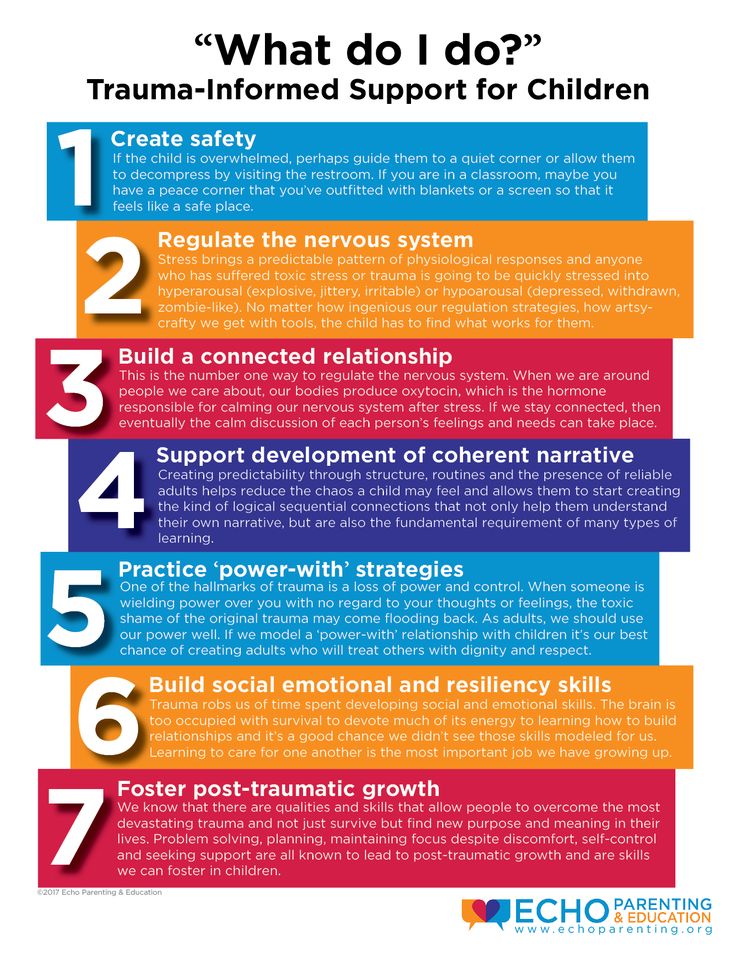 one). The predominance of the choice of an adaptive strategy related to the emotional sphere - "optimism", which includes the confidence that there is a way out of any difficult situation, is consistent with previous studies: ethnotypical features of the Udmurts ("liberated", "tactful", "flexible" , "cheerful", etc.) [7], the choice of coping strategies in interethnic relations by representatives of the Udmurt people.
one). The predominance of the choice of an adaptive strategy related to the emotional sphere - "optimism", which includes the confidence that there is a way out of any difficult situation, is consistent with previous studies: ethnotypical features of the Udmurts ("liberated", "tactful", "flexible" , "cheerful", etc.) [7], the choice of coping strategies in interethnic relations by representatives of the Udmurt people.
Both rural and urban respondents are characterized by the choice of the strategy of “conversion” (frequent choice among rural - 8; urban - 7). "Appeal" involves the search for people who can help with advice when a stressful situation arises; "Distraction" means immersing yourself in your favorite activity, which helps you forget about all the current troubles. The listed coping strategies are more aimed at achieving self-complacency through appealing to the values of the cultural level that are accepted and significant for respondents of mature age, which underlie sociotypical behavior patterns that regulate human behavior and better adaptation in situations standard for a given community.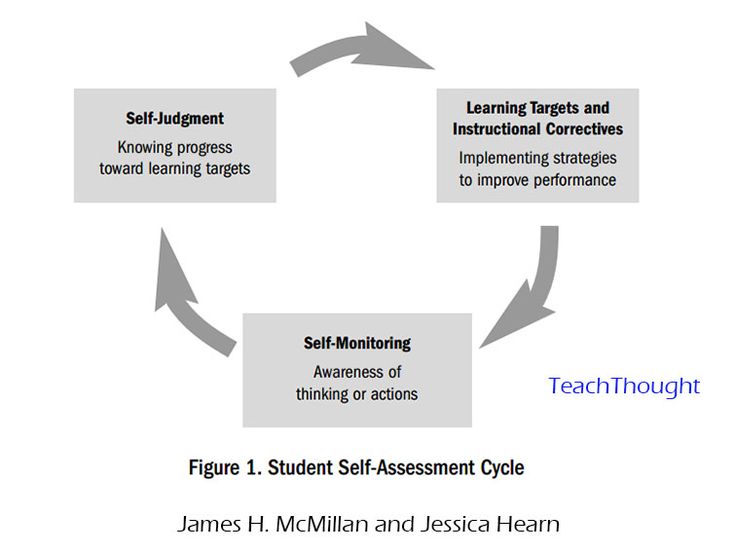 In particular, the traditional cultural values of the Udmurt ethnos are the values of Equality, which characterize the Udmurt as involved in the lives of other people, with a pronounced need to help and the need to receive advice from others in difficult life situations [9, S.104]. The values of Equality, expressed through care, assistance and mutual assistance, allow Udmurts to feel connected with others, better adapt and maintain the existing order in the world (cultural values of Harmony) [8, p. 65].
In particular, the traditional cultural values of the Udmurt ethnos are the values of Equality, which characterize the Udmurt as involved in the lives of other people, with a pronounced need to help and the need to receive advice from others in difficult life situations [9, S.104]. The values of Equality, expressed through care, assistance and mutual assistance, allow Udmurts to feel connected with others, better adapt and maintain the existing order in the world (cultural values of Harmony) [8, p. 65].
A distinctive feature of the Udmurts living in the village is the choice of cognitive strategies: "setting one's own value (7) and "giving meaning" (6), consisting in belief in one's own strengths, capabilities and self-improvement, which is carried out due to the prevailing difficult circumstances. The ethnotypical features of rural Udmurts combine two directions: the desire for harmony through reaching agreement with the world and the social environment, which includes dependence on their ethno-social environment; on the other hand, the Udmurts seek to reflect on their position and actions in the system of interpersonal relations, which constantly returns a person to the area of self-esteem and internal experiences [5], expressed in emotional coping strategies when faced with stressful situations (“emotional discharge” (5) - relatively adaptive strategy).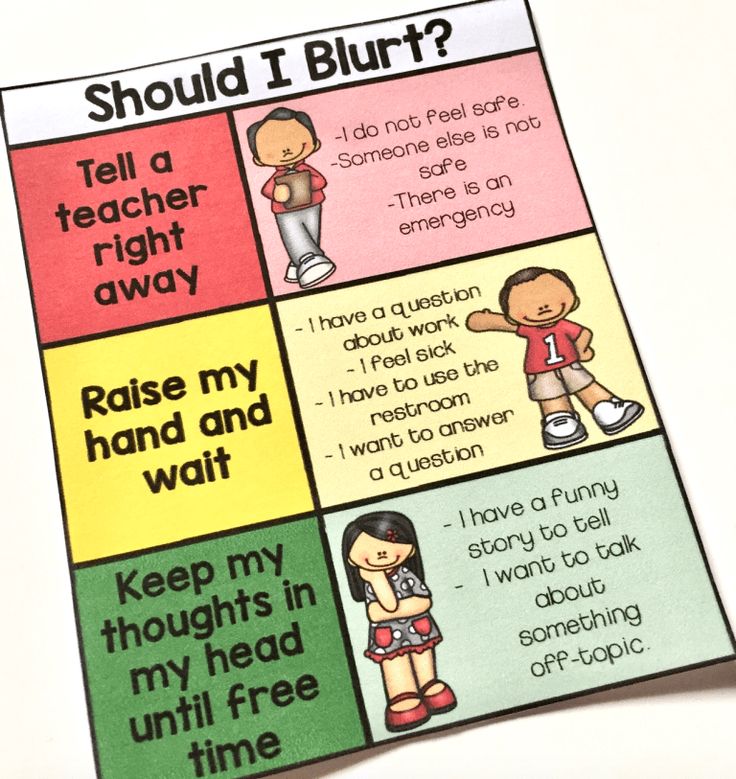
Table 1 – Frequency of choice of coping strategies among rural and urban Udmurts
| Rural Udmurts | Urban Udmurts | ||||
| Coping strategies | Orientation of the coping strategy and the degree of its adaptability | Selection frequency | Coping strategies | Orientation of the coping strategy and the degree of its adaptability | Selection frequency |
| Optimism | emotional (adaptive) | 18 | Optimism | emotional (adaptive) | 21 |
| Distraction | behavioral (relatively adaptive) | 10 | Appeal | behavioral (adaptive) | 10 |
| Appeal | behavioral (adaptive) | 8 | Distraction | behavioral (relatively adaptive) | 7 |
| Self-value setting | cognitive (adaptive) | 7 | Problem analysis | cognitive (adaptive) | 7 |
End of Table 1 – Frequency of choice of coping strategies among rural and urban Udmurts
| Rural Udmurts | Urban Udmurts | ||||
| Coping strategies | Orientation of the coping strategy and the degree of its adaptability | Selection frequency | Coping strategies | Orientation of the coping strategy and the degree of its adaptability | Selection frequency |
| Giving meaning | cognitive (relatively adaptive) | 6 | Relativity | cognitive (relatively adaptive) | 5 |
| Active Avoidance | behavioral (non-adaptive) | 5 | Retreat | behavioral (non-adaptive) | 5 |
| Emotional release | emotional (relatively adaptive) | 5 | |||
| Relativity | cognitive (relatively adaptive) | 5 | |||
Rural and urban Udmurts use non-adaptive behavioral strategies associated with various types of avoiding problems (avoiding coping). Thus, when faced with difficult life situations, rural Udmurts use “active avoidance” (choice frequency-5; U=525; p=0.021), which is characterized by unwillingness to think about difficult circumstances, the predominance of the motivation to avoid failure, switching to more pleasant activities. One of the reasons for choosing this strategy is the lack of personal coping resources [1, p. 15], which are compensated by the “reliance” of the indigenous representatives of the Udmurt people on cultural values and ethnotypical features (“peace-loving”, “calm”, “shy”, “modest” , "adapted", "patient", "restrained", etc.) [7], [8], disclosed to subjects as adaptive resources that allow them to effectively get away from experiencing stress.
Thus, when faced with difficult life situations, rural Udmurts use “active avoidance” (choice frequency-5; U=525; p=0.021), which is characterized by unwillingness to think about difficult circumstances, the predominance of the motivation to avoid failure, switching to more pleasant activities. One of the reasons for choosing this strategy is the lack of personal coping resources [1, p. 15], which are compensated by the “reliance” of the indigenous representatives of the Udmurt people on cultural values and ethnotypical features (“peace-loving”, “calm”, “shy”, “modest” , "adapted", "patient", "restrained", etc.) [7], [8], disclosed to subjects as adaptive resources that allow them to effectively get away from experiencing stress.
Urban Udmurts turn to the non-adaptive behavioral strategy "retreat" (frequency of choice - 5), which consists in self-isolation, the desire to retire, to be passive in order to gain a sense of calm and inner balance, harmony. The chosen strategy does not contribute to the resolution of emerging problems, but only temporarily creates a "protection" from the impact of stress factors, giving the opportunity to "take a break" from their influence.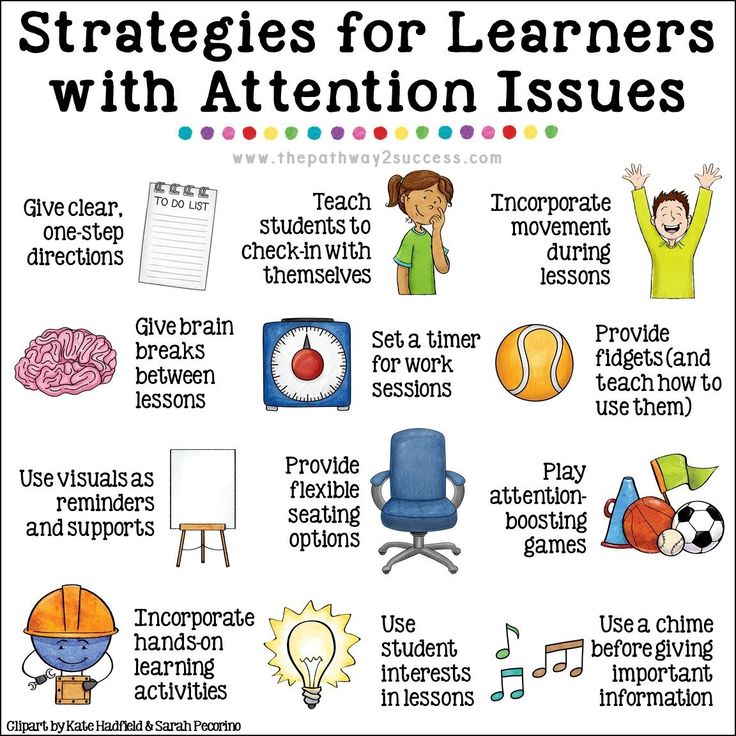 The reason for choosing this strategy may be the "psychic disintegration of the personality" of urban Udmurts, which is experienced by the subjects in connection with moving to the urban environment through the appearance of a mismatch between social and cultural values. The urban environment imposes its own values: speed of pace and rhythm, requires mental and physical activity of the subject, perseverance in overcoming emerging obstacles, perseverance to achieve success. However, the cultural values of the Udmurt people have always been associated with conservatism (respect for elders, protection of the family, respect for tradition and keeping the faith), equality (social justice, honesty, responsibility) and harmony (peace on Earth, environmental protection) [9, S. 104]. The most important indicator of the presence of a mismatch of values in the structure of a personality is the anxiety that arises as a result of “layering” on the values of culture, the values of the new urban environment internalized by the individual.
The reason for choosing this strategy may be the "psychic disintegration of the personality" of urban Udmurts, which is experienced by the subjects in connection with moving to the urban environment through the appearance of a mismatch between social and cultural values. The urban environment imposes its own values: speed of pace and rhythm, requires mental and physical activity of the subject, perseverance in overcoming emerging obstacles, perseverance to achieve success. However, the cultural values of the Udmurt people have always been associated with conservatism (respect for elders, protection of the family, respect for tradition and keeping the faith), equality (social justice, honesty, responsibility) and harmony (peace on Earth, environmental protection) [9, S. 104]. The most important indicator of the presence of a mismatch of values in the structure of a personality is the anxiety that arises as a result of “layering” on the values of culture, the values of the new urban environment internalized by the individual.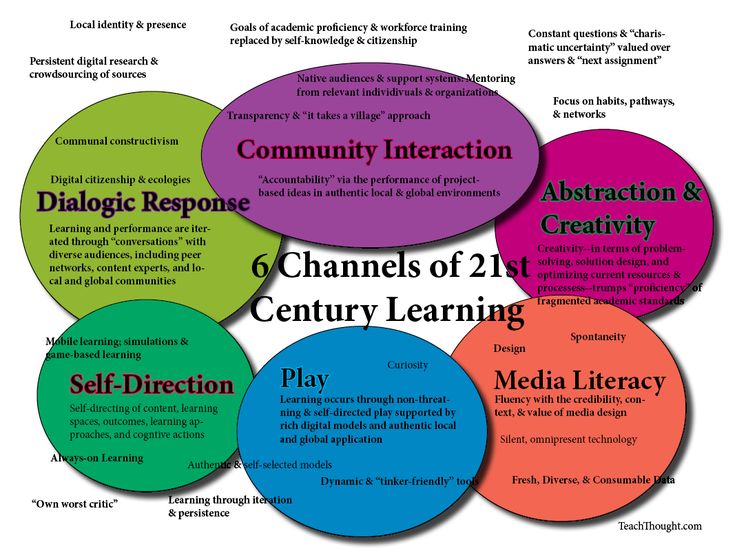 As a result, in order to reduce the level of anxiety, the subject relies primarily on cultural values when choosing coping strategies (“optimism” (21) is an emotional adaptive strategy; behavioral strategies: “appeal” (10) is an adaptive strategy; “distraction” (7) - a relatively adaptive strategy), which are complemented by "newly formed" coping strategies based on the values of the social environment, assimilated through the influence of a new urban environment (cognitive strategies: "problem analysis" (7) - adaptive strategy; "relativity" ( 5) is a relatively adaptive strategy). The strategy of problem analysis allows for reflection, additional analysis of ongoing events. "Relativity" adds an element of comparing one's problems with the problems of other people, leads to an underestimation of the importance of the experienced difficulty, reducing the subject's anxiety.
As a result, in order to reduce the level of anxiety, the subject relies primarily on cultural values when choosing coping strategies (“optimism” (21) is an emotional adaptive strategy; behavioral strategies: “appeal” (10) is an adaptive strategy; “distraction” (7) - a relatively adaptive strategy), which are complemented by "newly formed" coping strategies based on the values of the social environment, assimilated through the influence of a new urban environment (cognitive strategies: "problem analysis" (7) - adaptive strategy; "relativity" ( 5) is a relatively adaptive strategy). The strategy of problem analysis allows for reflection, additional analysis of ongoing events. "Relativity" adds an element of comparing one's problems with the problems of other people, leads to an underestimation of the importance of the experienced difficulty, reducing the subject's anxiety.
It is important to note that the non-adaptive coping strategies used by both groups of respondents are based on a common feature - avoiding the active resolution of a difficult life situation.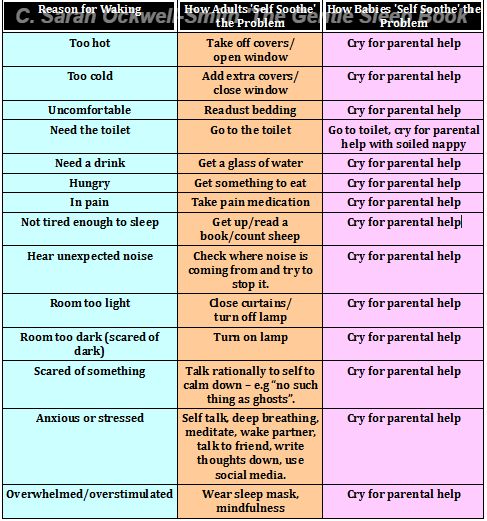 However, no matter how unattractive these strategies are from the outside, they are based on the ideal values and ethnotypical features of the Udmurt people, cultivated in a person from birth, and therefore are used for better adaptation in difficult situations [9, p. 107].
However, no matter how unattractive these strategies are from the outside, they are based on the ideal values and ethnotypical features of the Udmurt people, cultivated in a person from birth, and therefore are used for better adaptation in difficult situations [9, p. 107].
Thus, the hypothesis has been verified and empirically confirmed. In both groups, the most preferred strategies of coping behavior affect the cognitive, behavioral and emotional spheres of the Udmurts: "optimism", "distraction", "conversion" and "relativity". A specific feature of rural Udmurts is the use of strategies: "active avoidance", "setting one's own value", "giving meaning" and "emotional release"; in urban areas - "retreat" and "problem analysis", which are the result of experiencing a mismatch between social and cultural values in connection with moving to the urban environment. It is proved that the choice of these strategies is associated with the cultural values and ethnotypical features of the Udmurt people, which they consider as adaptive resources that allow them to cope with difficult situations.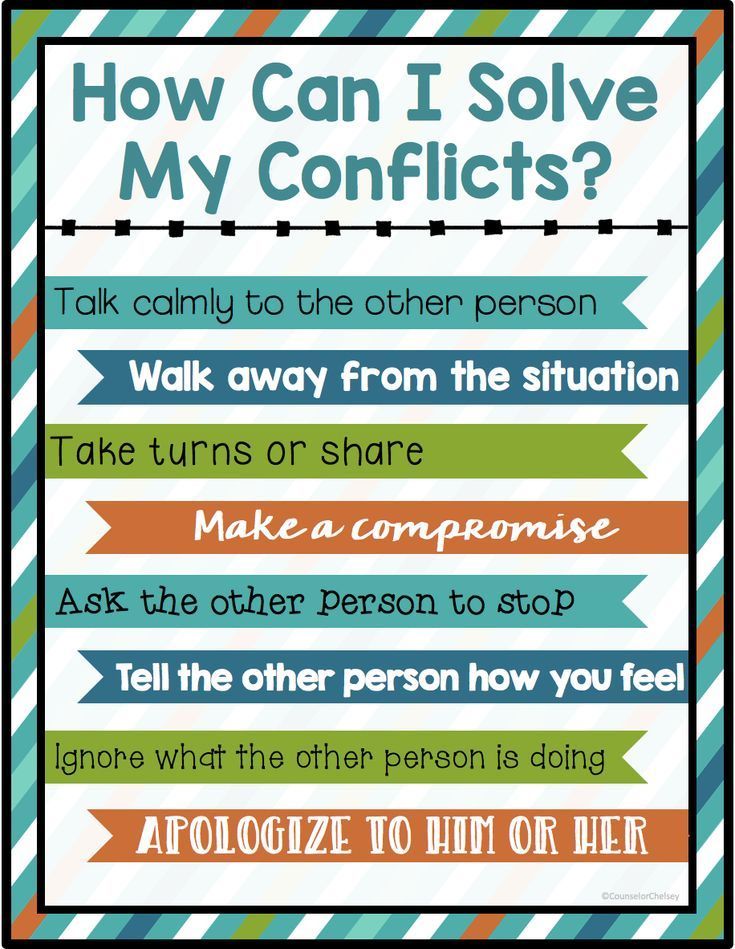
| Conflict of interest Not specified. | Conflict of Interest None declared. |
References
- Aleksandrova L.A. Coping strategies as a manifestation of self-regulation / L.A. Alexandrova, D.A. Leontiev // Psychology of stress and coping behavior: resources, health, development: materials of the IV Intern. scientific conf. Kostroma / otv. Ed.: T.L. Kryukova, M.V. Saporovskaya, S.A. Khazov. - Kostroma: KSU im. ON THE. Nekrasova, 2016. Vol. 1. 407 p.
- Vodopyanova N.E. Psychodiagnostics of stress / N.E. Vodopyanov. St. Petersburg: Peter, 2009. - 337 p.
- Kryukova T.L. Psychology of coping behavior: current state and psychological, socio-cultural perspectives / T.L. Kryukov // Bulletin of the Kostroma State University. ON THE. Nekrasov. - T. 19, No. 5, 2013. - S. 184-188.
- Lebedeva N.M. Values of culture and development of society / N.
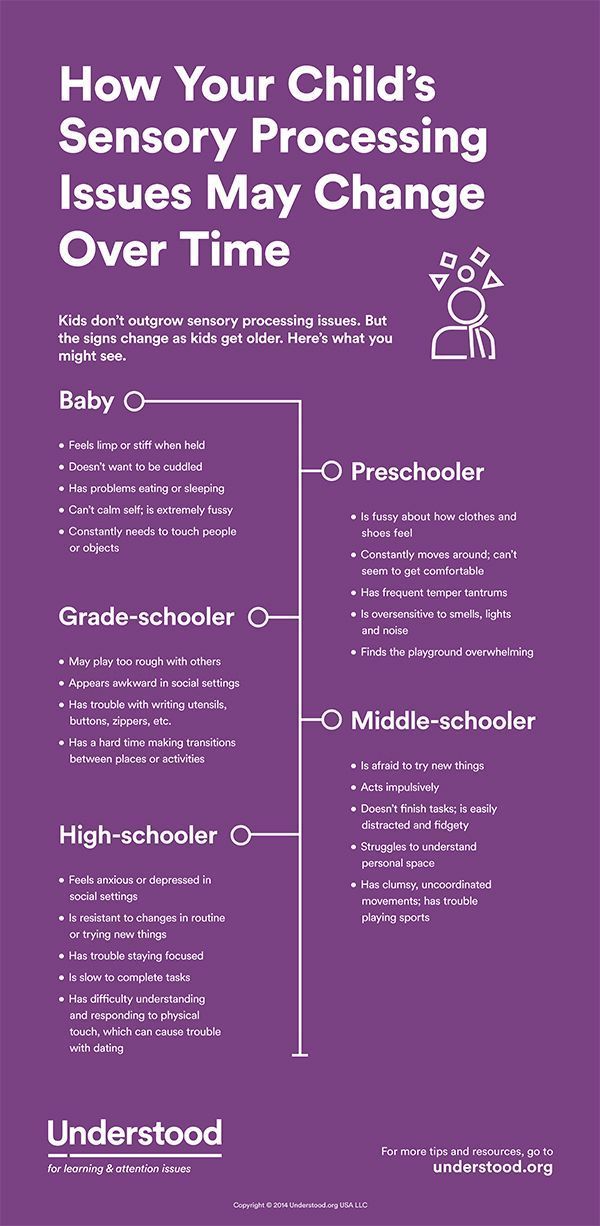 M. Lebedeva, A.N. Tatarko. Moscow: HSE Publishing House, 2007. – 527 p.
M. Lebedeva, A.N. Tatarko. Moscow: HSE Publishing House, 2007. – 527 p. - Petrov A.N. Udmurt ethnos: problems of mentality / A.N. Petrov. Textbook (recommended by the Ministry of People's Education. UR). - Izhevsk: Udmurtia, 2002. - 143 p.
- Triandis G.K. Culture and social behavior / G.K. Triandis. M.: Forum, 2007. - 382 p.
- Khotinets V.Yu. Psychology of the image: one's own and another: Textbook / V.Yu. Khotinets, E.A. Molchanov. M.: NITs INFA-M, 2019. - 90 p.
- Khotinets V.Yu. Psychological features of educational and cognitive activity of students from different ethnic groups / V.Yu. Khotinets, S.A. Myshkin // Psychological journal. - T. 33, No. 6, 2012. - S. 60-75.
- Khotinets V.Yu. Modeling of mentality on the basis of religious and mythological ideas and cultural values of the Udmurts / V.Yu. Khotinets // Sociological research. Russian Academy of Sciences, Federal Research Sociological Center of the Russian Academy of Sciences (Moscow).
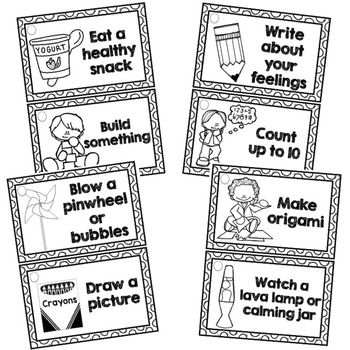 - No. 2 (322), 2011. - S. 99-108.
- No. 2 (322), 2011. - S. 99-108. - Kuo B.C.H. Culture’s Consequences on Coping Theories, Evidences, and Dimensionalities / B.C.H. Kuo // J. of Cross-Cultural Psychology. - 2011. - Vol. 42(6). - P. 1084-1100.
- Lazarus R.S. Stress, Appraisal and Coping / R.S. Lazarus, S. Folkman. N.Y.: Springer Publishing Company, 1984
- Rattan A. Diversity ideologies and intergroup relations: An examination of colourblindness and multiculturalism / A. Rattan, N. Ambady // European Journal of Social Psychology, vol. 43, 2013. - P. 12-21.
- Wong, P.T.P. Handbook of multicultural perspectives on stress and Coping / P.T.P. Wong, L.C.J. Wong. – New York: Springer, 2006. in English
- Aleksandrova L.A. Koping-strategii kak projavlenie samoreguljacii [Coping strategies as a manifestation of self-regulation] / L.A. Aleksandrova, D.A. Leont'ev // Psihologija stressa i sovladajushhego povedenija: resursy, health, development: materialy IV Mezhdunar.
 nauch. conf. Kostroma [Psychology of Stress and Coping Behavior: Resources, Health, Development: Materials of the IV International Scientific Conference, Kostroma] / ed.: T.L. Krjukova, M.V. Saporovskaja, S.A. Hazova. – Kostroma: KGU im. N.A. Nekrasova, 2016. - V. 1. - 407 p. [in English]
nauch. conf. Kostroma [Psychology of Stress and Coping Behavior: Resources, Health, Development: Materials of the IV International Scientific Conference, Kostroma] / ed.: T.L. Krjukova, M.V. Saporovskaja, S.A. Hazova. – Kostroma: KGU im. N.A. Nekrasova, 2016. - V. 1. - 407 p. [in English] - Vodop'janova N.E. Psihodiagnostika stressa [Psychodiagnostics of stress] / N.E. Vodop'janova, 2009. - 337 p. [in English]
- Krjukova T.L. Psychology of coping behavior: the current state and psychological, socio-cultural perspectives] / T.L. Krjukova // Vestnik Kostromskogo gosudarstvennogo universiteta im. N.A. Nekrasova [Bulletin of the Kostroma State University named after N.A. Nekrasov]. – v. 19, No. 5, 2013. - P. 184-188. [in English]
- Lebedeva N.M. Cennosti kul'tury i razvitie obshhestva [Cultural values and development of society] / N.M. Lebedeva, A.N. Tatarko. Moscow, 2007. - 527 p. [in English]
- Petrov A.N. Udmurtskij jetnos: problemy mental'nosti.
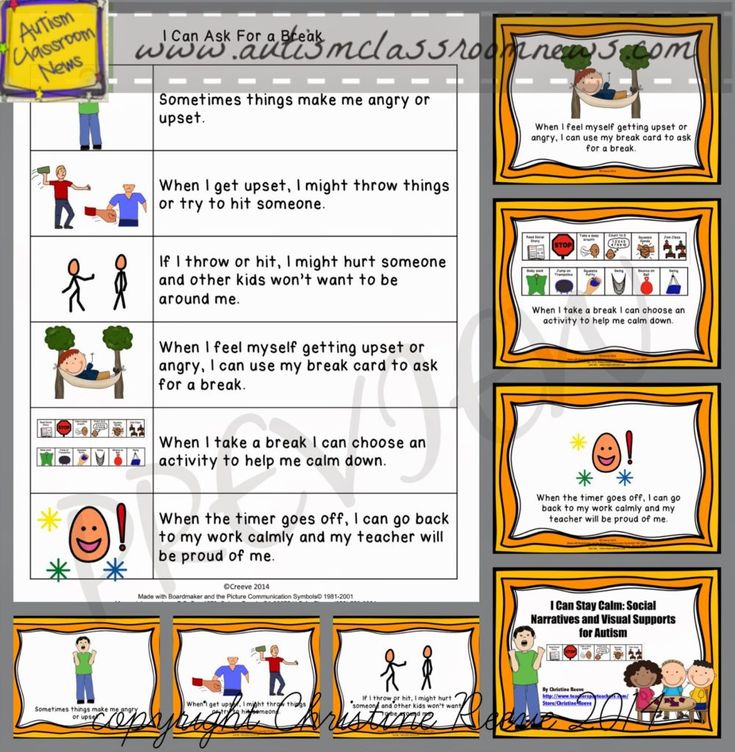 Uchebnoe posobie [Udmurt ethnos: problems of mentality. Tutorial] / A.N. Petrov. - Izhevsk: Udmurtia, 2002. - 143 p. [in English]
Uchebnoe posobie [Udmurt ethnos: problems of mentality. Tutorial] / A.N. Petrov. - Izhevsk: Udmurtia, 2002. - 143 p. [in English] - Triandis G.K. Kul'tura i social'noe povedenie [Culture and social behavior] / G.K. Triandis. Moscow.: Forum, 2007. - 382 p. [in English]
- Hotinec V.Ju. Psihologija obraza: svoj i drugoj: Uchebnoe posobie [Psychology of the Image: Us and the Others: Tutorial] / V.Ju. Hotinec, E.A. Molchanova. Moscow.: INFA-M, 2019. - 90 p. [in English]
- Hotinec V.Ju. Psychological features of educational and cognitive activity of students of different ethnic groups] / V.Ju. Hotinec, S.A. Myshkina // Psihologicheskij zhurnal [Psychological journal]. - V. 33, No. 6, 2012. - P. 60-75. [in English]
- Hotinec V.Ju. Modeling mental'nosti na osnove religiozno-mifologicheskih predstavlenij i kul'turnyh cennostej udmurtov [Modeling mentality on the basis of religious and mythological ideas and cultural values of the Udmurts] / V.Ju. Hotinec // Sociological studies.
 Rossijskaja akademija nauk, Federal'nyj nauchno-issledovatel'skij sociologicheskij centr RAN (Moskva) [Sociological studies. Russian Academy of Sciences, Federal Research Sociological Center of the Russian Academy of Sciences (Moscow)]. - No. 2 (322), 2011. - P. 99-108. [in English]
Rossijskaja akademija nauk, Federal'nyj nauchno-issledovatel'skij sociologicheskij centr RAN (Moskva) [Sociological studies. Russian Academy of Sciences, Federal Research Sociological Center of the Russian Academy of Sciences (Moscow)]. - No. 2 (322), 2011. - P. 99-108. [in English] - Kuo B.C.H. Culture’s Consequences on Coping Theories, Evidences, and Dimensionalities / B.C.H. Kuo // J. of Cross-Cultural Psychology. - 2011. - Vol. 42(6). - P. 1084-1100.
- Lazarus R.S. Stress, Appraisal and Coping / R.S. Lazarus, S. Folkman. N.Y.: Springer Publishing Company, 1984
- Rattan A. Diversity ideologies and intergroup relations: An examination of colourblindness and multiculturalism / A. Rattan, N. Ambady // European Journal of Social Psychology, vol. 43, 2013. - P. 12-21.
- Wong, P.T.P. Handbook of multicultural perspectives on stress and Coping / P.T.P. Wong, L.C.J. Wong. – New York: Springer, 2006.
- The baby should be put to bed at the first signs of fatigue
- Allow the child to calm down in the crib on their own. You never need to feed him or rock him to sleep.
- Leave the room and do not enter, even if the child cries. Wait until he falls asleep on his own.
- The next day, do not change the daily routine and the duration of daytime sleep so that the child does not sleep during the day.
 Leave him alone for at least an hour during daytime naps.
Leave him alone for at least an hour during daytime naps. - Consistently act every night.
- Baby must be older than 3 months
- The baby must be healthy
- Parents have already tried to teach their child to fall asleep on their own and have come to the conclusion that "nothing helps."
- High Efficiency
- A quick result, as well as a longer sleep, can be observed already on the 3rd-4th day of work
- Parents are attentive to signs of baby fatigue, which as a result helps to improve his sleep
- The child cries a lot
- Parental stress
- This method of teaching sleep is not suitable for working with sensitive, excitable children who are not prone to self-soothing
- The baby can quickly accumulate fatigue
- Basic Attachment Violation
- The cry it out training method has quite pronounced differences with the Kim West method, which the Sleep, Malysh team represents in Russia. First of all, the cry it out method is an earlier method in comparison with the Kim West method, while the latter is more modern, taking into account the shortcomings and disadvantages of other methods of teaching to fall asleep.
- The author of the method of eliminating crying writes not only about babies, but also about primary and secondary school students. Kim West talks about children under 6 years old.
- Mark Weissbluth's approach is more specific and uncompromising, and faster to implement than Kim West's, which has a smoother, more incremental strategy.
- The cry it out method allows you to work with healthy children from 3 months, according to the Kim West method, the main stage of learning to fall asleep on your own is carried out from 6 months, subject to the physiological and psychological readiness of both mother and baby.
The Weissbluth Method - Mark Weissbluth's Self-Sleep Method, description
Mark Weissbluth is a physician from America with 35 years of experience in the field of pediatrics, the author of many scientific papers.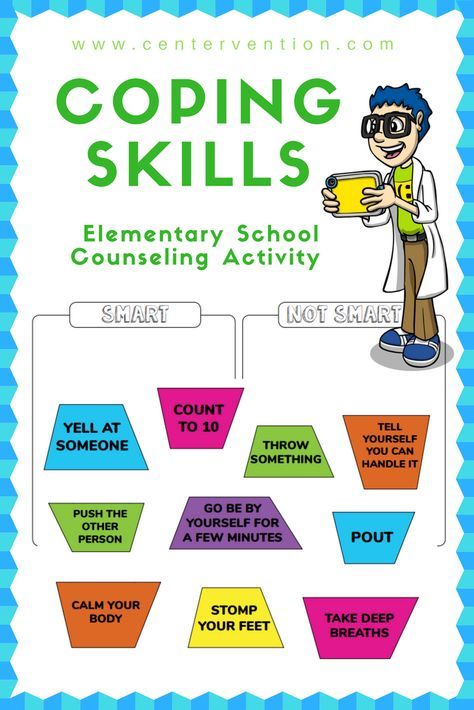 Mark Weissbluth studied the sleep of 2,000 children and developed his own method for improving children's sleep, which is called "cry it out" or "extinction" in English-language scientific sources, in Russian its name sounds like "the method of eliminating crying" or "letting them scream."
Mark Weissbluth studied the sleep of 2,000 children and developed his own method for improving children's sleep, which is called "cry it out" or "extinction" in English-language scientific sources, in Russian its name sounds like "the method of eliminating crying" or "letting them scream."
Description and preparation for the Crying Elimination Method
Preparation stage . To start working on the Weissbluth method, it is important that the baby has already formed a routine. The method refers to an early regimen, where bedtime occurs between 6 pm and 8 pm, when the concentration of melatonin is highest.
To start working on the method, it is important to exclude 1) malaise / health problems of the baby 2) lack of sleep.
Therefore, before starting training in this way, parents should take confirmation from the pediatrician that the baby is healthy and no medical problems affect his sleep. And also “sleep off” the baby and be able to track the signs of baby fatigue in order to adhere to the optimal wake time for his age. The author recommends putting the child to sleep without waiting for the end of the WB (for example, with a WB rate of 1.5 hours, start putting the baby to sleep after 1 hour)
The author recommends putting the child to sleep without waiting for the end of the WB (for example, with a WB rate of 1.5 hours, start putting the baby to sleep after 1 hour)
Description of the technique. After the parents perform the ritual, the baby should be put in the crib, wish him good night and leave the room. In accordance with Weissbluth's recommendations, parents should not react to the crying of the child in any way. After crying for several nights in a row, the child will get used to it and stop waking up often.
Application scheme:
Method application conditions:
Pros and Cons of Method
Pros:
Cons:
Studies and results
In studies (more than 50 studies) where behavioral methods were used to treat primary childhood insomnia, one of the first was the method described in 1959. This is Mark Weissbluth's method of healthy sleep, a technique that is called “cry it out” in English-language scientific sources, in Russian its name sounds like “let it go out”.
This is Mark Weissbluth's method of healthy sleep, a technique that is called “cry it out” in English-language scientific sources, in Russian its name sounds like “let it go out”.
The effectiveness of the "cry it out" technique was studied in 19 scientific papers, in a total of 552 children. 17 studies demonstrated the high efficiency of this method in resolving difficulties with falling asleep at night, as well as with night awakenings, sleep also became longer.
One of the most significant disadvantages of this method is the stress it causes on parents in response to the baby's crying. Most parents find it difficult to ignore the baby's prolonged crying and, unable to stand it, they violate the teaching methodology. Some authors suggested using a milder variation of this technique, where the parents stay in the room - and this method turned out to be more suitable.
A more "softer" version of "cry it out", with the presence of a parent in the room, was very popular in the UK, and appeared in the USA after 2006. Results of four studies on 290 children showed the effectiveness of this approach in teaching to fall asleep.
Results of four studies on 290 children showed the effectiveness of this approach in teaching to fall asleep.
The possible negative consequences of this method were also considered. Violations of the child's behavior during the day were not detected in any study as a result of the methods. On the contrary, the children who underwent the techniques were more calm and predictable, less irritable, less capricious and crying. Mothers indicated that the practices had no effect on breastfeeding. It was also noted that the methods carried out quickly and clearly improve the emotional and psychological state of parents, reduce symptoms of depression, improve marital relations and reduce the level of parental stress.
VIDEO LESSON
How to Teach Falling Asleep on Your Own?
More
Attachment Research
Bedtime is a difficult time for many babies. In the evening, being in a dark room, in a separate bed or in a separate room, the baby feels separation from a loved one with whom he has formed an attachment.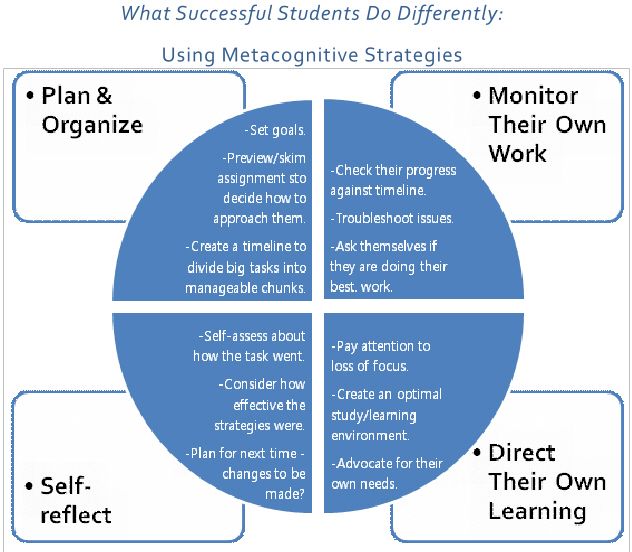
It has been hypothesized that children with insecure or ambivalent attachment are significantly more likely to develop sleep problems. But this hypothesis has not been fully confirmed. Thus, one study showed that sleep problems are equally common in children with secure (55%) and ambivalent (60%) attachment. In addition, some work shows that children with insecure-ambivalent attachments are more likely to suffer from problems and difficulties with sleep. It can be noted that these problems also occur in many children with secure attachment.
Thus, one or another sleep disturbance is largely determined by the use of physical methods of calming the baby, as well as the views of parents.
Babies who are more dependent on their mother, need her more, and who need more physical contact to calm down, wake up more often at night.
The effect of cry it out on mothers
Separation of the baby from the mother provokes anxiety not only in the baby, but also in the mother.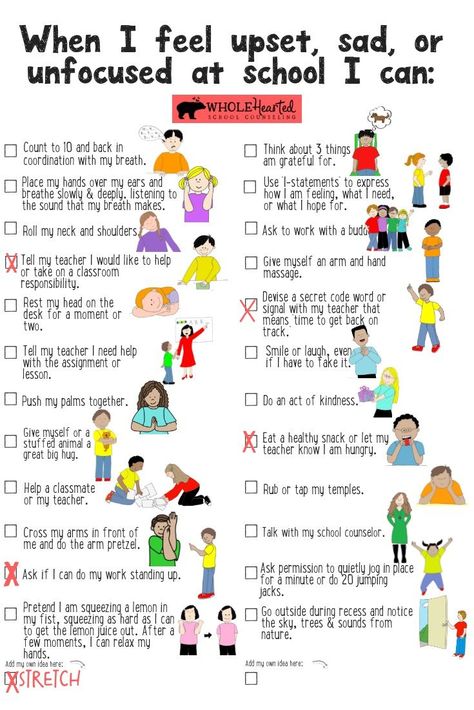 Maternal separation anxiety has been studied in a number of studies. This is an unpleasant emotional state, including feelings of guilt, anxiety, sadness, which occurs during a short separation from the baby. According to research, high levels of separation anxiety lead to heightened sensitivity to baby cues of discomfort, physical closeness during bedtime, and greater participation during nighttime parental awakenings.
Maternal separation anxiety has been studied in a number of studies. This is an unpleasant emotional state, including feelings of guilt, anxiety, sadness, which occurs during a short separation from the baby. According to research, high levels of separation anxiety lead to heightened sensitivity to baby cues of discomfort, physical closeness during bedtime, and greater participation during nighttime parental awakenings.
Comparison with the Kim West method
The Kim West technique is fundamentally different from the “cry it out” technique in its philosophy. If, according to the cry it out method, the result is important, even at the cost of crying, then according to the Kim method, the state of the baby, the calmness of him and his mother is the key foundation on which the “no cry” type of training is built.

The Kim West Method is a gentle way of teaching sleep based on bonding between mother and baby. It is implemented through consistent actions of the mother with a gradual, following the preparation stage, a reduction in the mother's help to the baby, taking into account the readiness of both of them.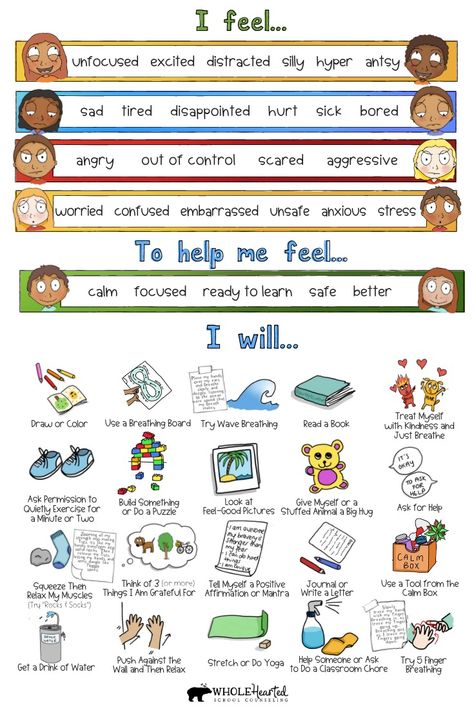
Psychologists' opinion Sleep, Baby on the method of eliminating crying
Despite the results of studies that have shown the high effectiveness of this method of teaching, it also has disadvantages. The main one is the fact that the baby is left to cry while he is taught to sleep. Attachment studies show that children remain "calm", "feel less and cry less". Here the questions arise: is “calmness” always equated to a positive criterion for assessing the state of mind of a baby? Does the baby feel safe while learning takes place? Isn't a baby who no longer cries "comfortable" rather than happy? Is he okay, is he safe? Is it good for parents? Their inner experiences also affect the baby. Is it possible to say about such a baby’s dream that this is a “healthy sleep”?
When choosing a method of teaching sleep, it is important to pay attention not only to the effectiveness at a given moment, but also the impact of certain actions on the future - to those subtle psychological areas that are difficult to evaluate in percentage terms, to conduct statistics.
A baby who has experienced a lack of response to his needs expressed by crying gets used to not showing them anymore. This is the very moment that in psychology is called "basic trust in the world." The world at this age stage lies in the parents, in the mother and in their reactions. And if this world ignores the needs of the child, the baby ceases to trust him, becoming "comfortable".
What will be the consequences of such experiences at an early age on the later life of the child, his ability to trust, to be in touch with his feelings, to become attached?
These are open-ended questions that parents will have to answer when choosing one or another way to teach their baby to fall asleep on their own.
When choosing one or another way of teaching a baby to sleep, parents should analyze whether they are ready for consistent work or there is no way to wait and need a quick result? Can they call themselves rather anxious or are they ready to insist on their own? What is their goal of learning now, what exactly do they want to achieve and why now?
Why do they choose this or that way of learning, what are its pros and cons.